2018-present
Arts programming remains a focus in 2018. FMCAC Presents started the year strong with Isaac Julien
Playtime, an ambitious exhibition of three video installations, and Bay area-based Sofie Ramos brightened the entry gate with the installation
Space to Breathe. The landscape of campus continues to change, with the highly-anticipated beer hall
Radhaus opening in August.
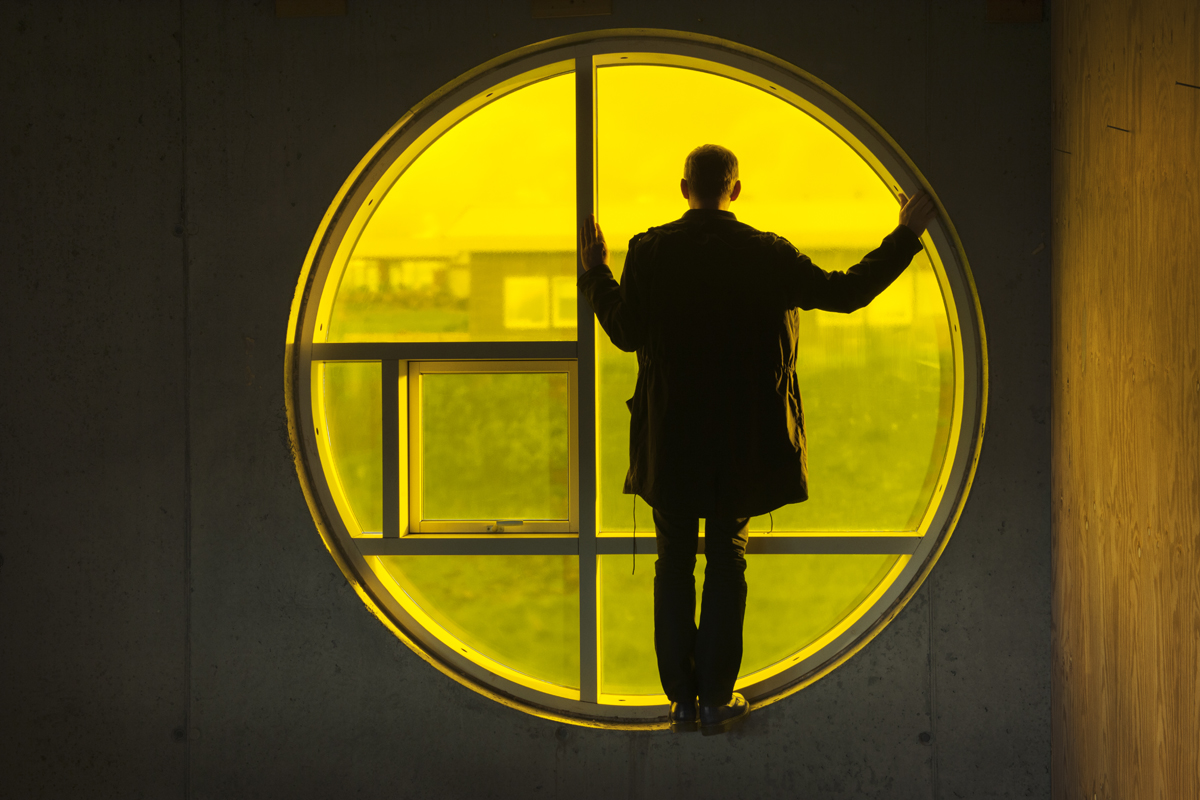
Isaac Julien Playtime

Radhaus's modern Bavarian beer hall
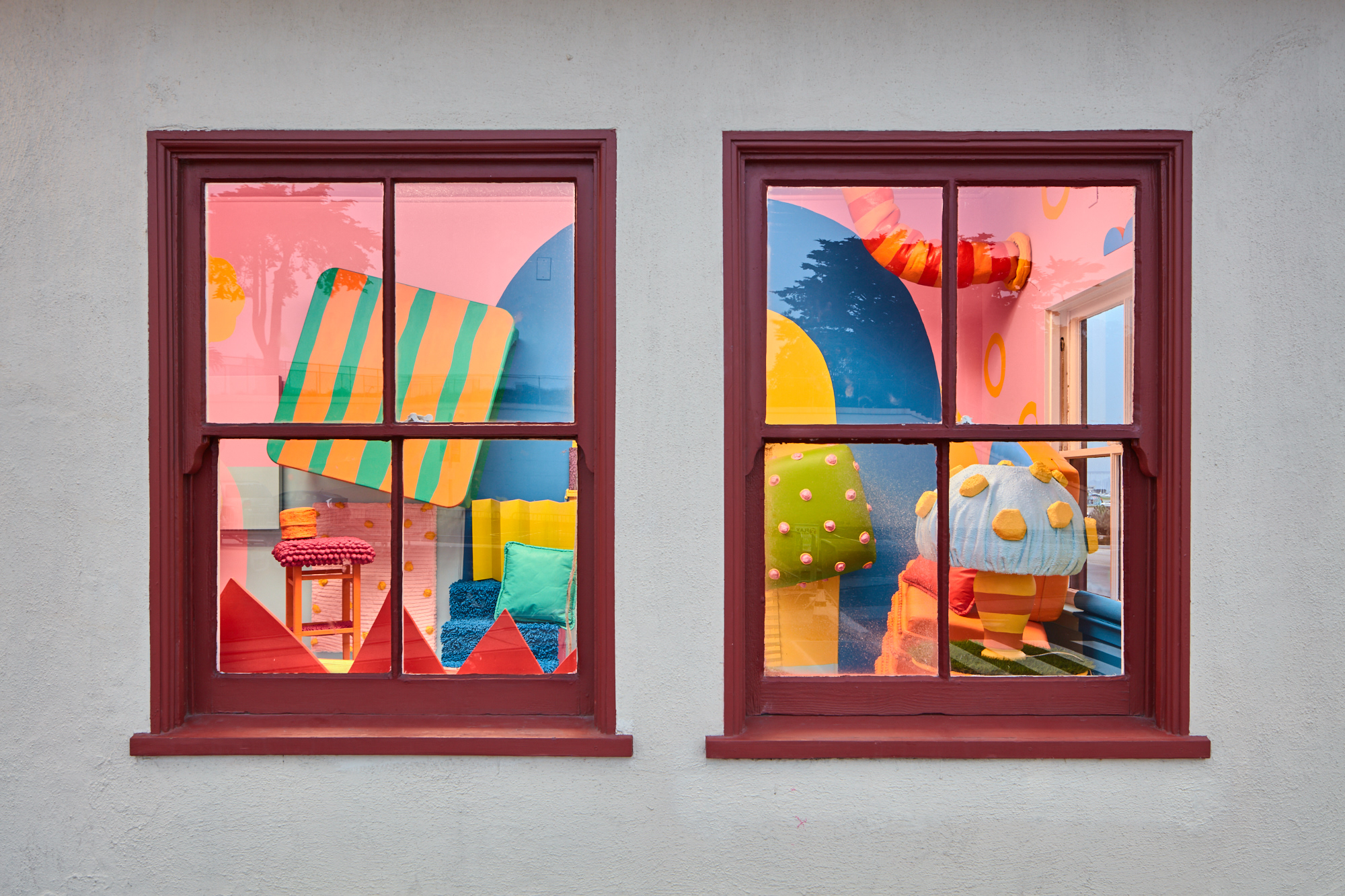
Sofie Ramos: Space to Breathe
2017
Two new residents joined the campus in 2017:
Equator Coffees & Teas added a new location at the Gatehouse, and
San Francisco Art Institute opened its AIA award-winning graduate campus on Pier 2. The critically-acclaimed
Sophie Calle Missing saw the French conceptual artist take over campus with four powerful projects, her most extensive exhibition to date in the US.
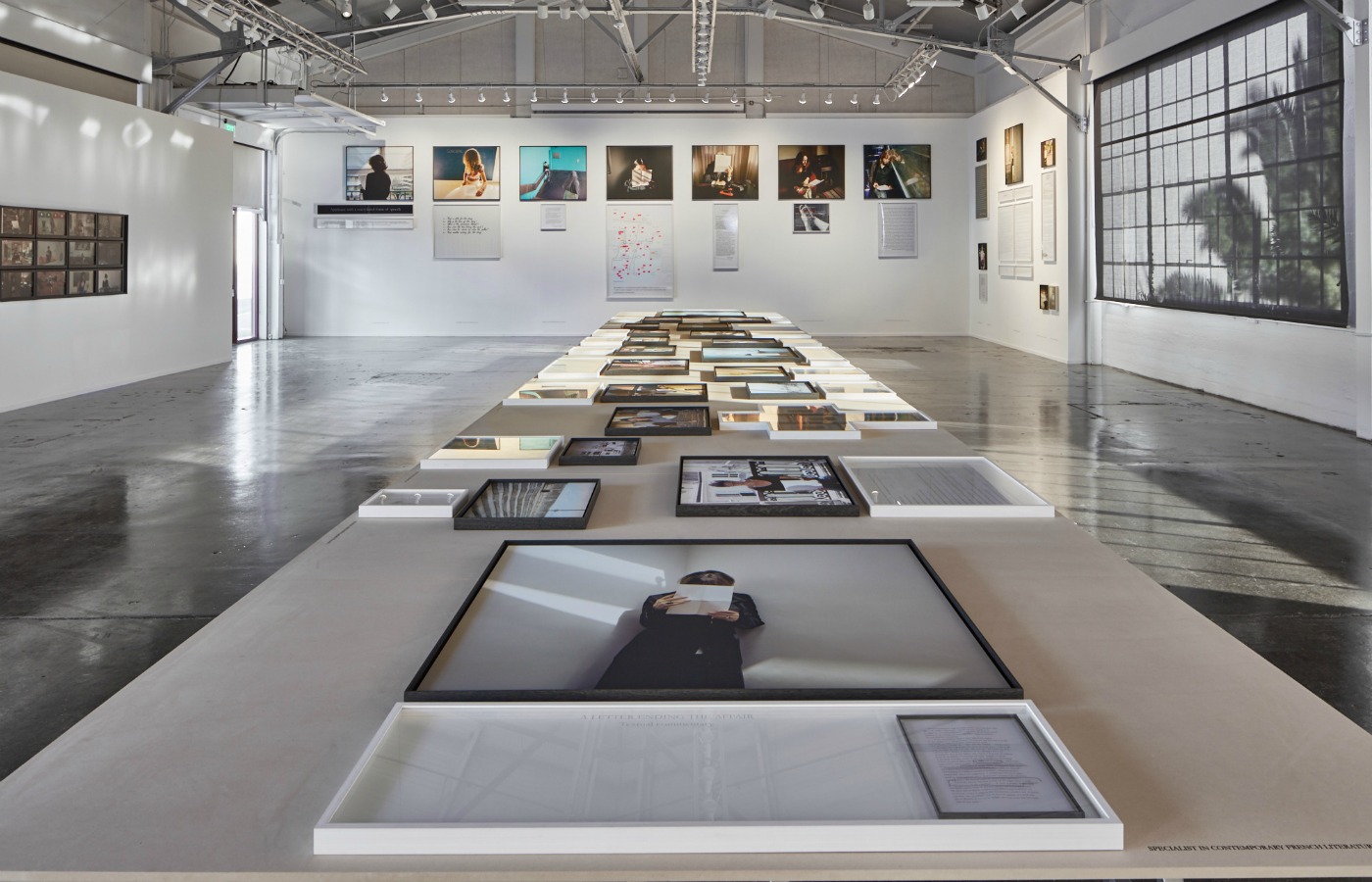
Sophie Calle: Missing
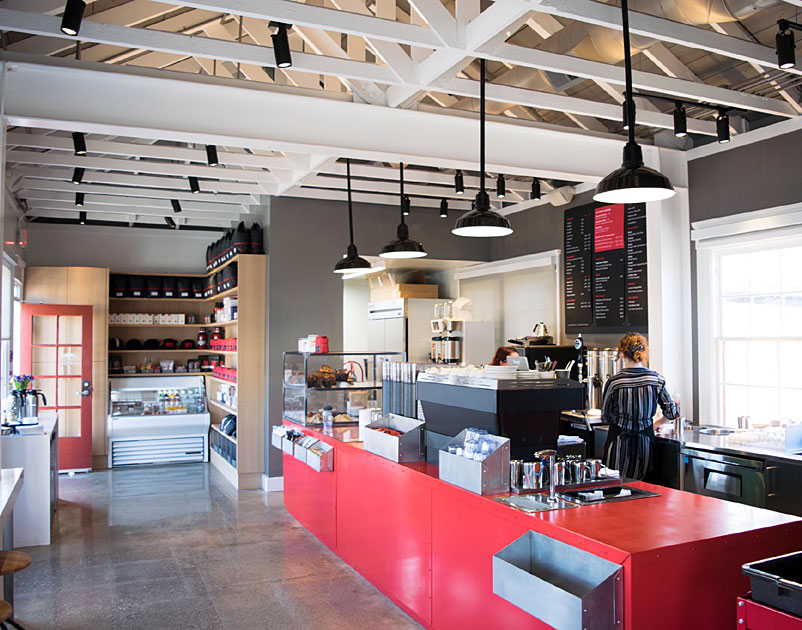
Equator Coffees & Teas

SFAI's award-winning renovation
2015
In 2015 Fort Mason Center underwent a rebranding -- including changes to its name: Fort Mason Center for Arts & Culture (FMCAC), and logo: unifying its arts and military histories -- to reflect its continued growth as cultural epicenter in San Francisco. Other additions in 2015 included the move of
Flax art & design to the campus, the opening of
Gallery 308, the California premiere of world renowned "
The Forty Part Motet" by Janet Cardiff, and an expanded arts programming schedule.
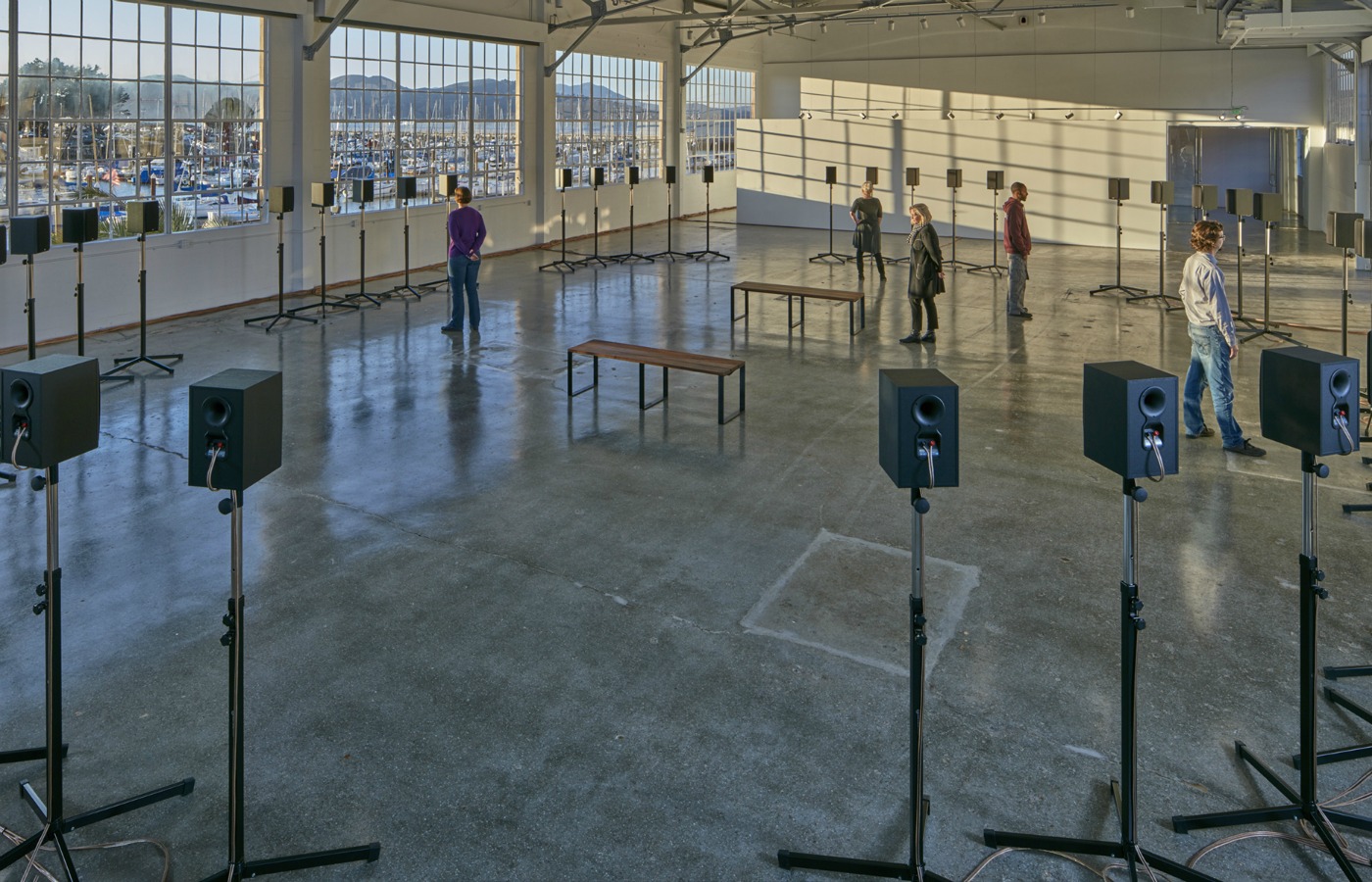
"The Forty Part Motet," photo by JKA Photography
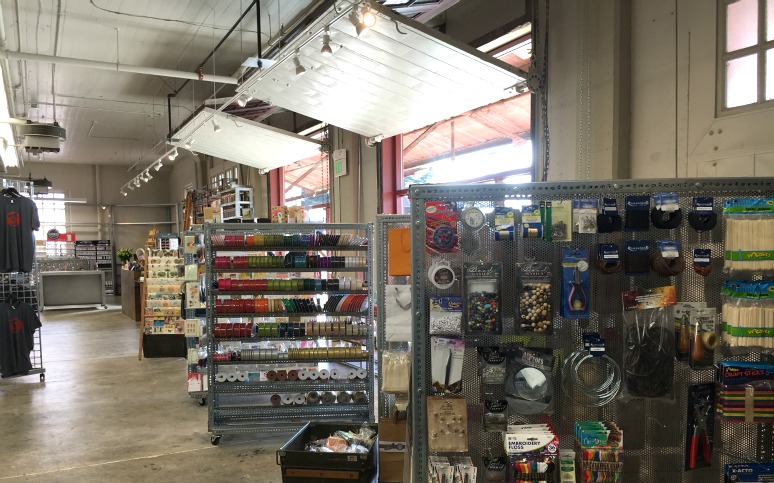
FLAX art & design
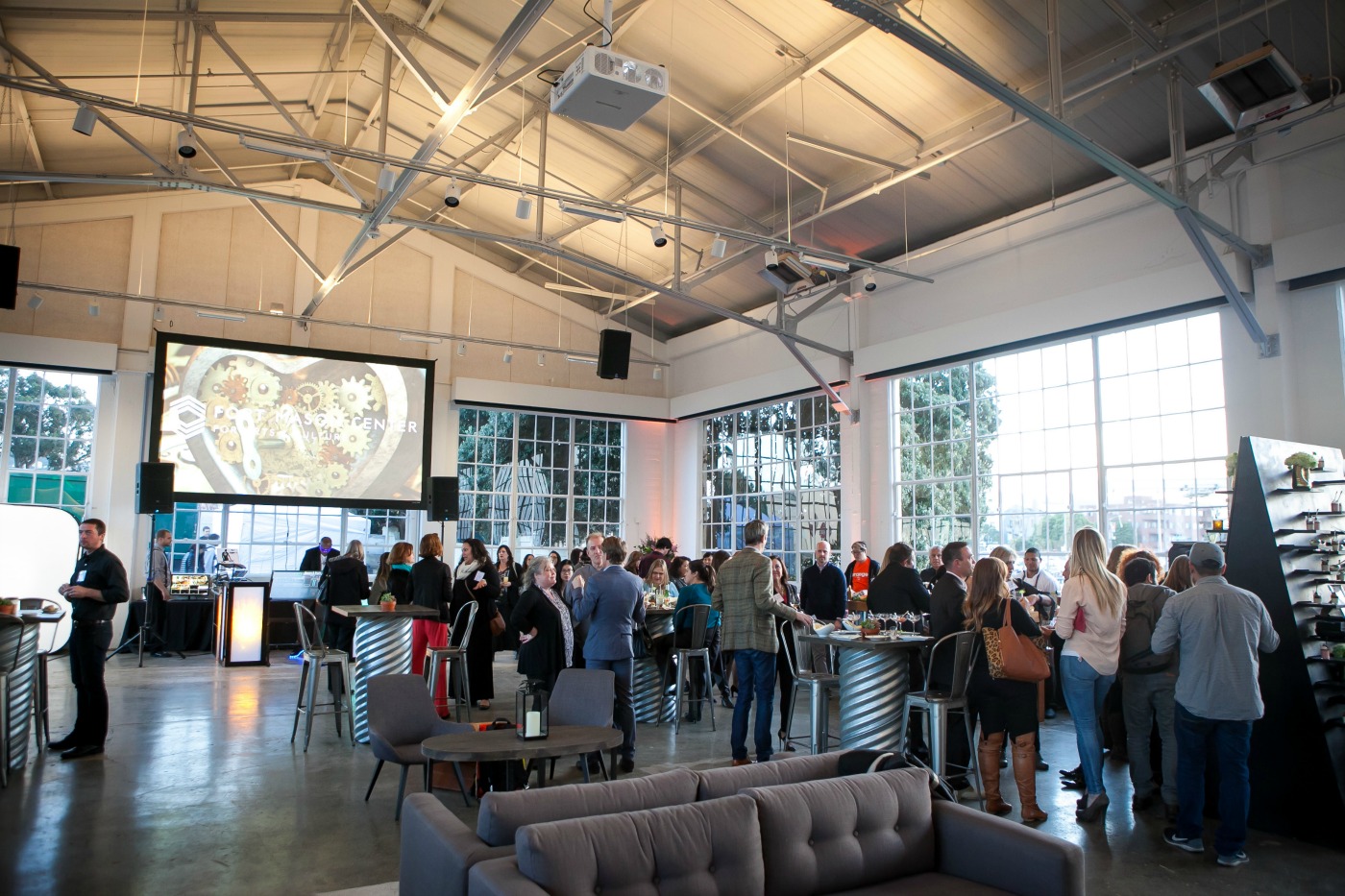
The newly refurbished Gallery 308
2014
The Interval at
The Long Now Foundation – a one-of-a-kind space that’s part bar and part museum – opened. The bar/museum features one of Jung Lehni’s drawing machines, artwork by Brian Eno, and a 10,000-year clock.
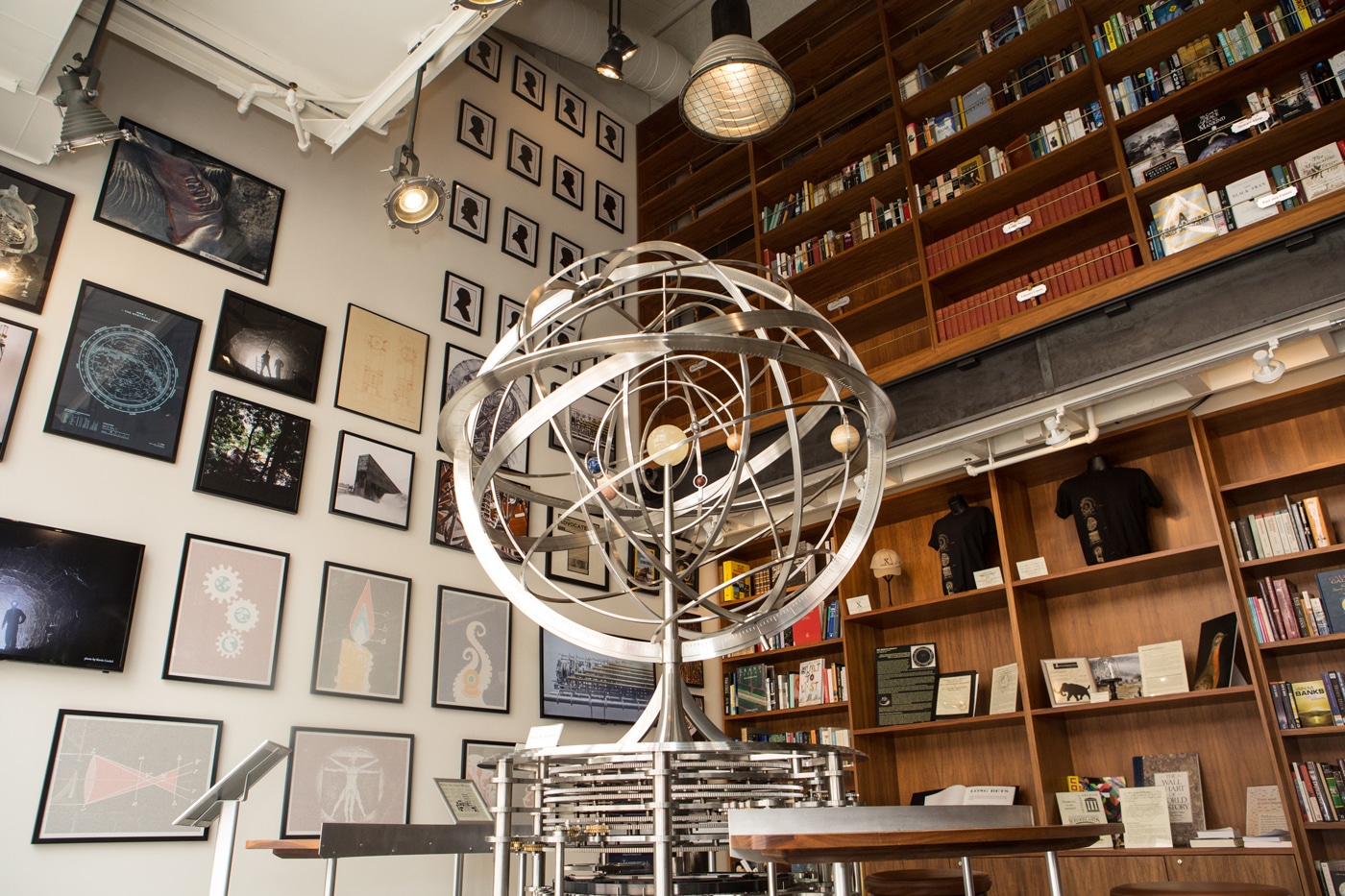
The 10,000 year clock
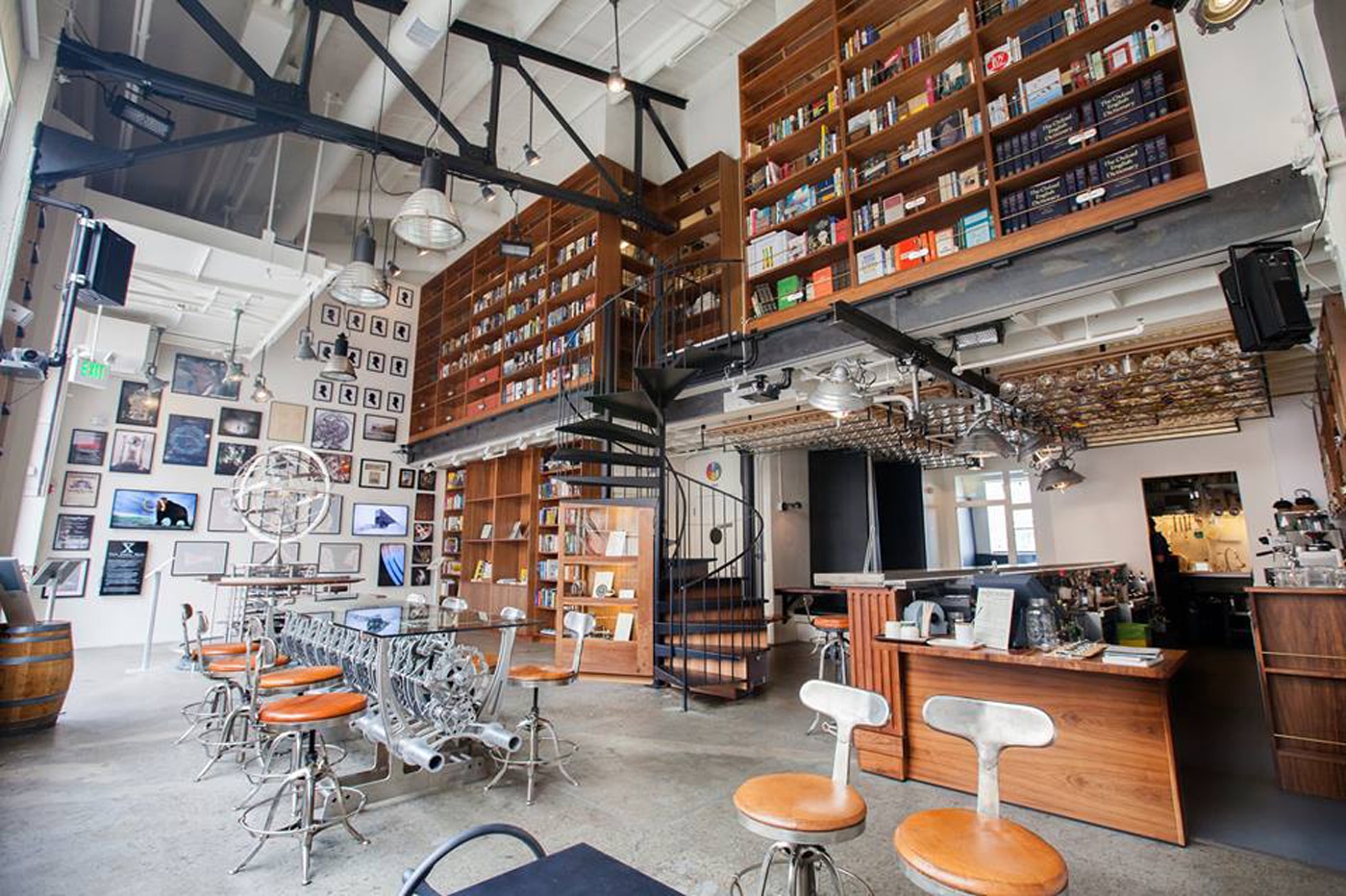
Part cafe, part bar, part museum
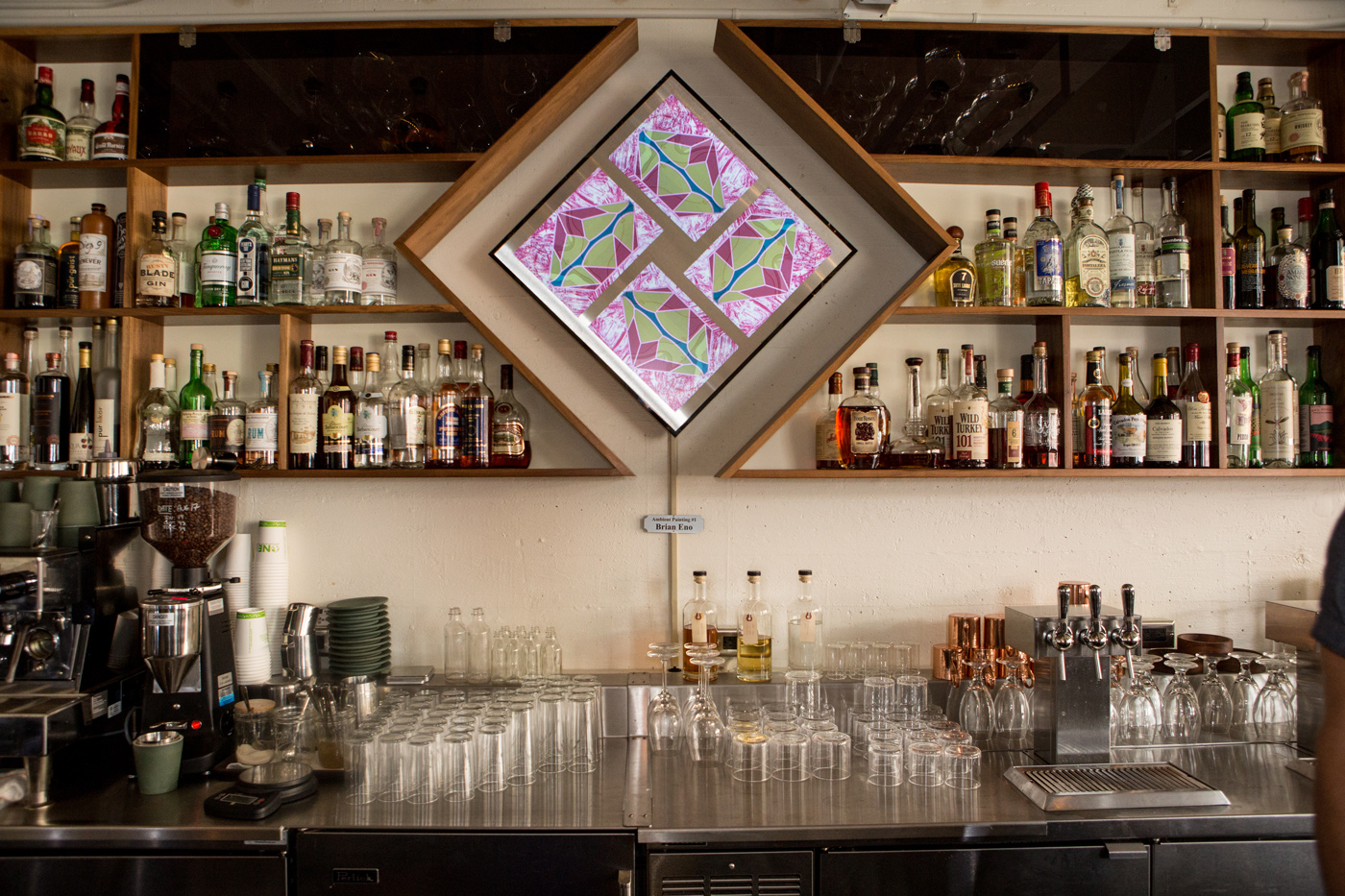
Brian Eno art piece
2012
The world renowned
Creator’s Project transformed Fort Mason Center into a colossal two-day art and technology festival featuring towering multimedia art installations, live music performances, film screenings, and panels. The year 2012 also saw the installation of
SEAT, an outdoor event across the campus featuring chair-inspired art. Pulling from Fort Mason Center’s history and setting, artists exhibited unique designs using nontraditional materials in the production of 30 outdoor seats.
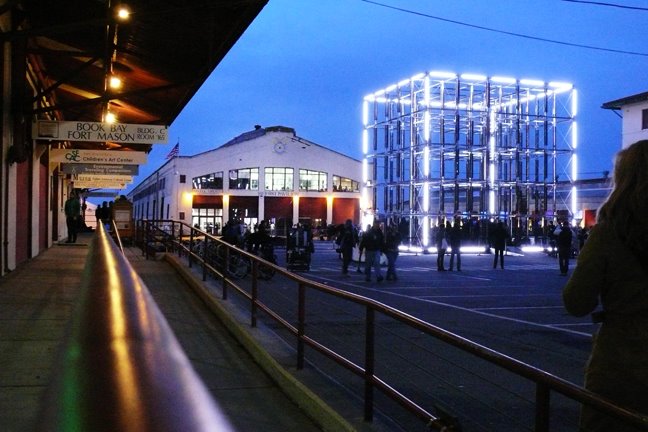
United Visual Artists "Origin" as part of The Creator's Project
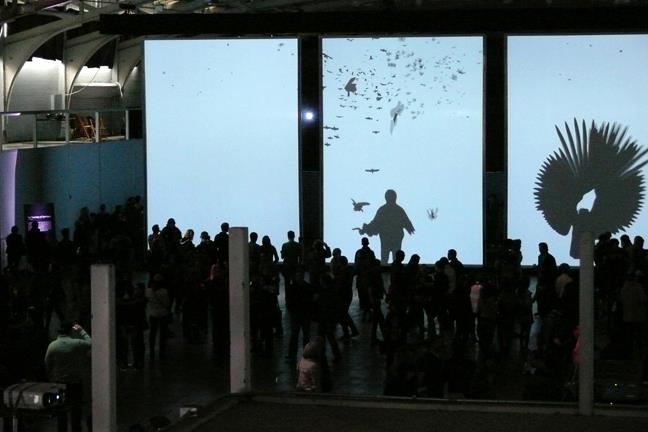
Chris Milk “The Treachery of Sanctuary” as part of The Creator's Project
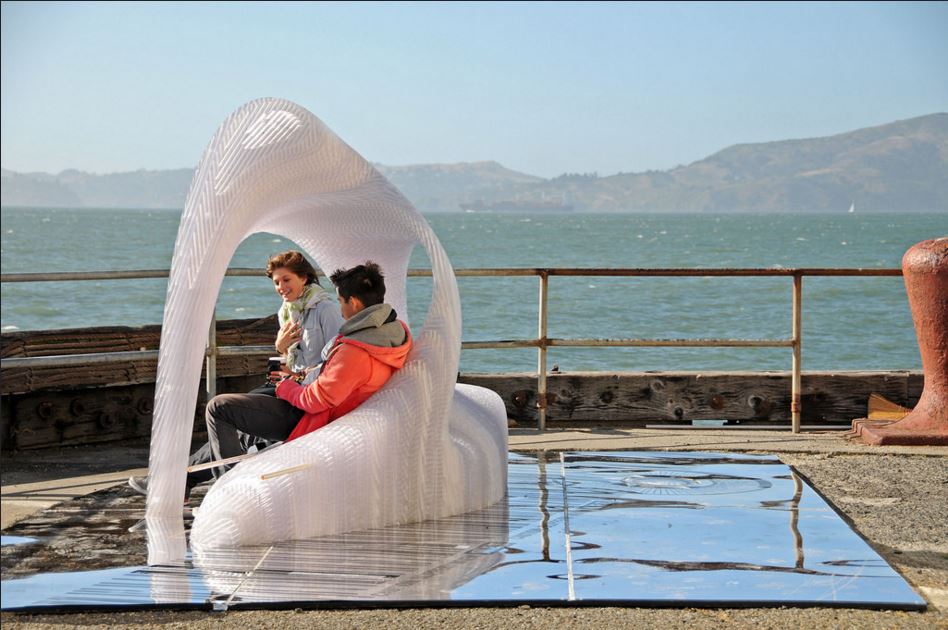
One of the SEAT pieces by Nilus de Matran
2005
On
UN World Environment Day 2005, which corresponded with the United Nations 60th Anniversary, Fort Mason Center hosted a week-long symposium about the future of the planet. Al Gore delivered the keynote address only months before the Oscar-winning
An Inconvenient Truth hit theaters.
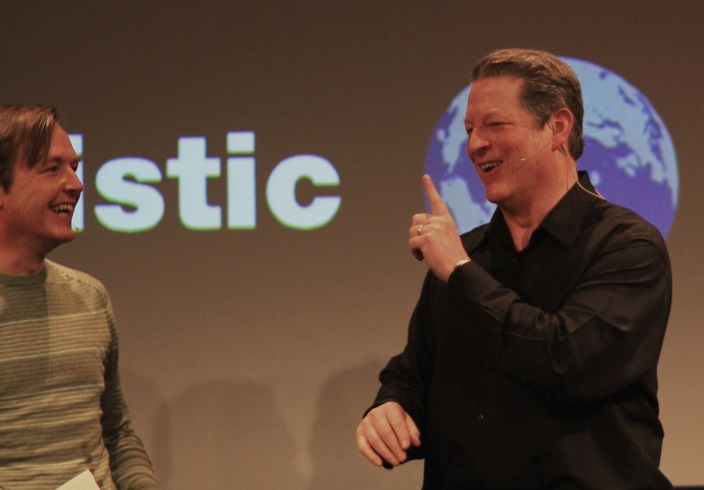
Image via Flickr/Erik Charlton

Conference logo
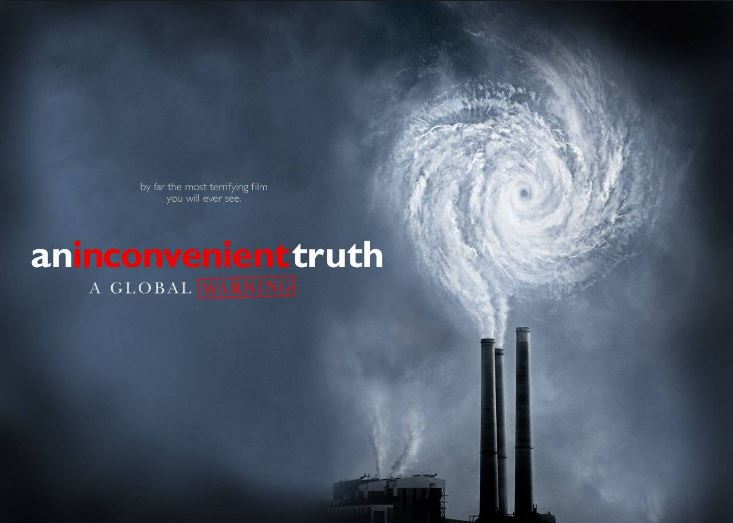
"an inconvenient truth" movie poster
2000
Resident organization
BATS Improv, the longest-running improvised theater company and school in Northern California, was hosting director Shaun Landry’s "
Oui Be Negros," when Landry invited Robin Williams to a performance. Not only did Williams show up, he brought Woody Harrelson with him, who was in San Francisco to act in Sam Shepard’s play,
The Late Henry Moss at the Magic Theatre. But as typical with Williams’ stories, he didn’t just sit there –-
he got up on stage and performed.

Robin Williams; photo by Eva Rinaldi/Flickr
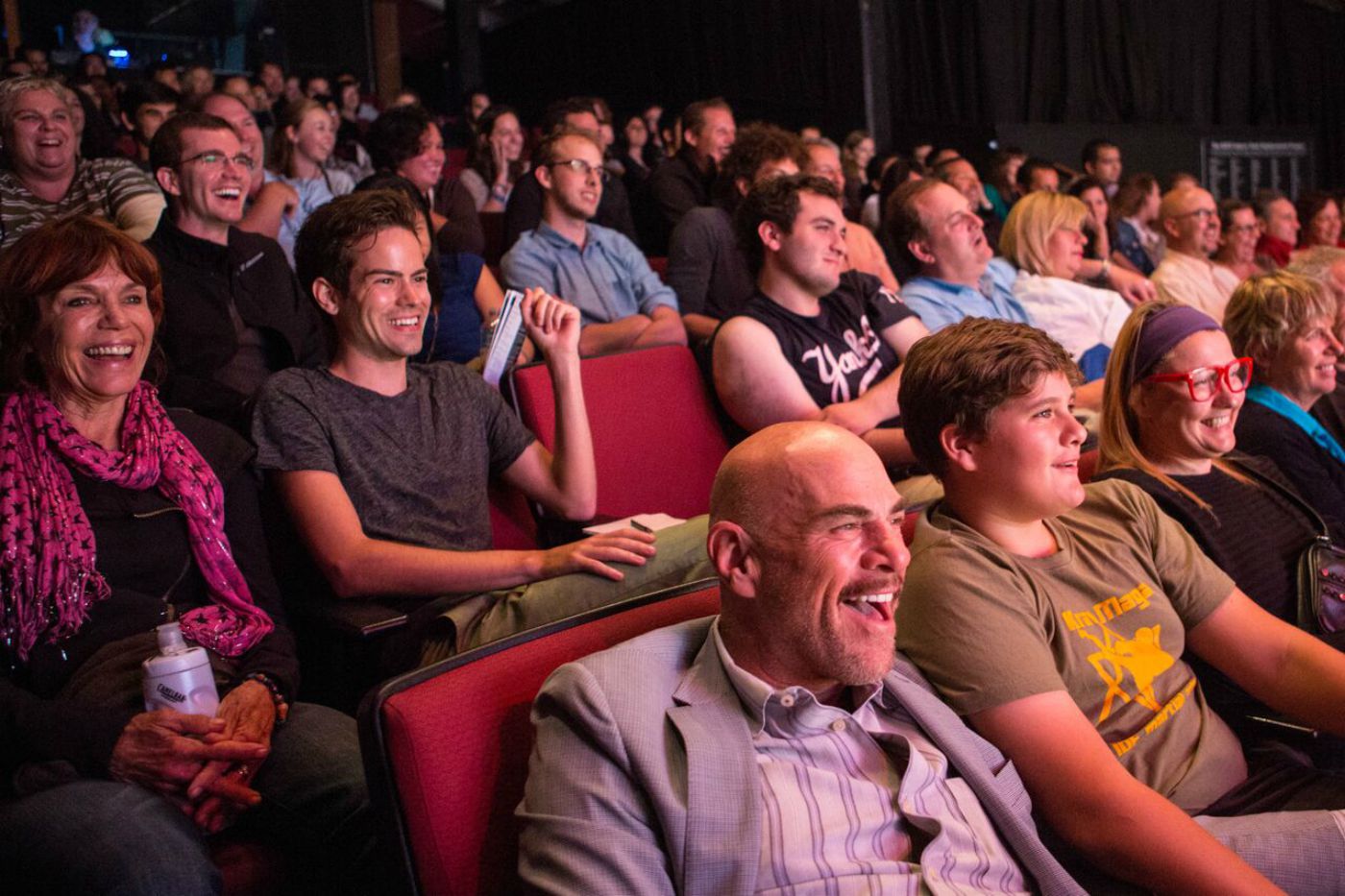
The audience at BATS Improv
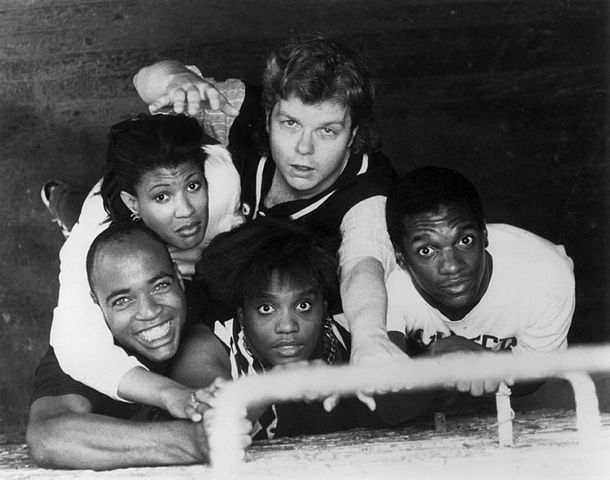
Shaun Landry’s "Oui Be Negros" original cast; photo by Hvsobn/Wikipedia
1990
The
NAMES Project AIDS Memorial Quilt returned to San Francisco for a large-scale west coast debut at Fort Mason Center's Festival Pavilion. Comprised of thousands of patches representing loved ones who have died of AIDS, the quilt was created in SF in 1987.
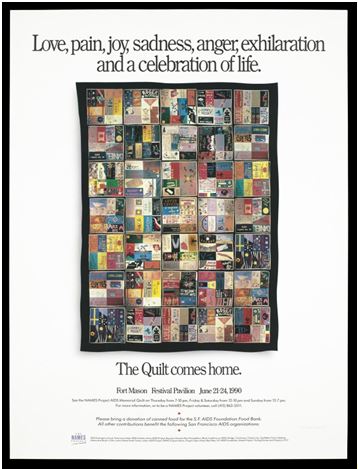
Poster announcing the quilt's return to San Francisco

The quilt on display in Washington D.C.
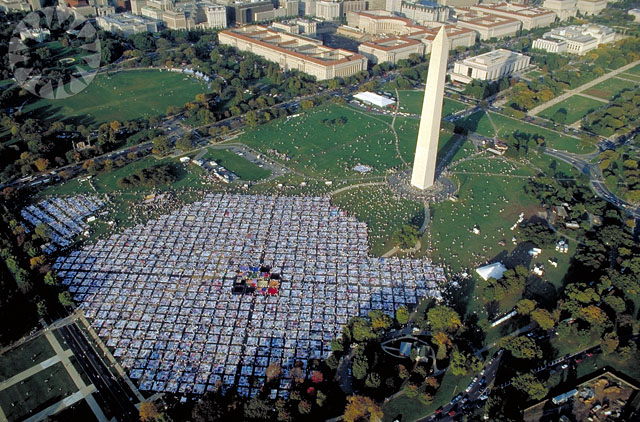
An aerial shot of the quilt in Washington D.C.
1989
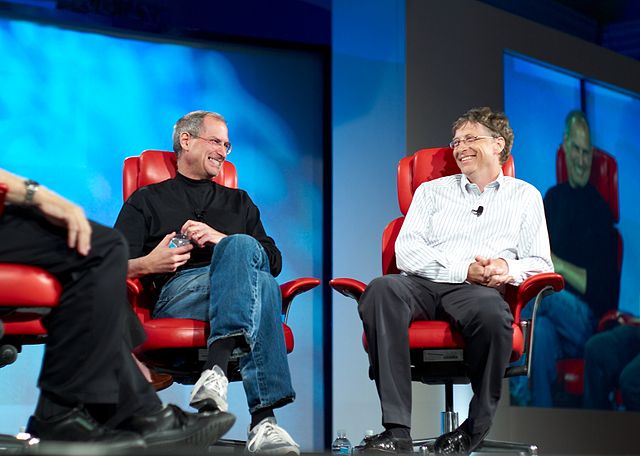
Steve Jobs and Bill Gates; photo by Joi Ito/Flickr

NeXT logo
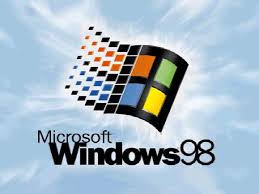
Windows 98 logo
1980-1985
In 1980, Fort Mason Center became known on a global scale when it was picked as the location for a
trade show from the People’s Republic of China. The exhibit was the first stop in the U.S. before Chicago and New York, and at the time featured the largest display of Chinese products ever sent abroad. Two years later, in 1982,
The Mexican Museum – which later became the oldest museum in the United States to focus solely on Mexican and Mexican American art – moved to Fort Mason Center. And following in 1985, the
Museo Italo Americano also moved to Fort Mason Center: the first museum in the United States devoted exclusively to Italian and Italian-American art and culture.
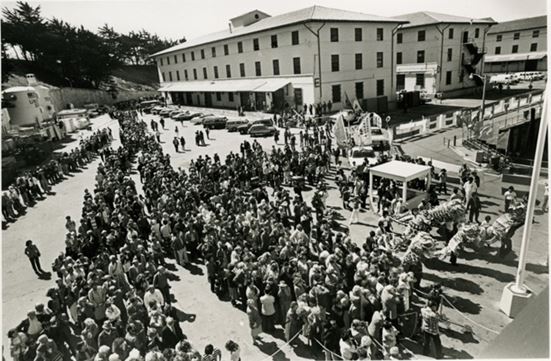
A line forms outside the Festival Pavilion for the trade show
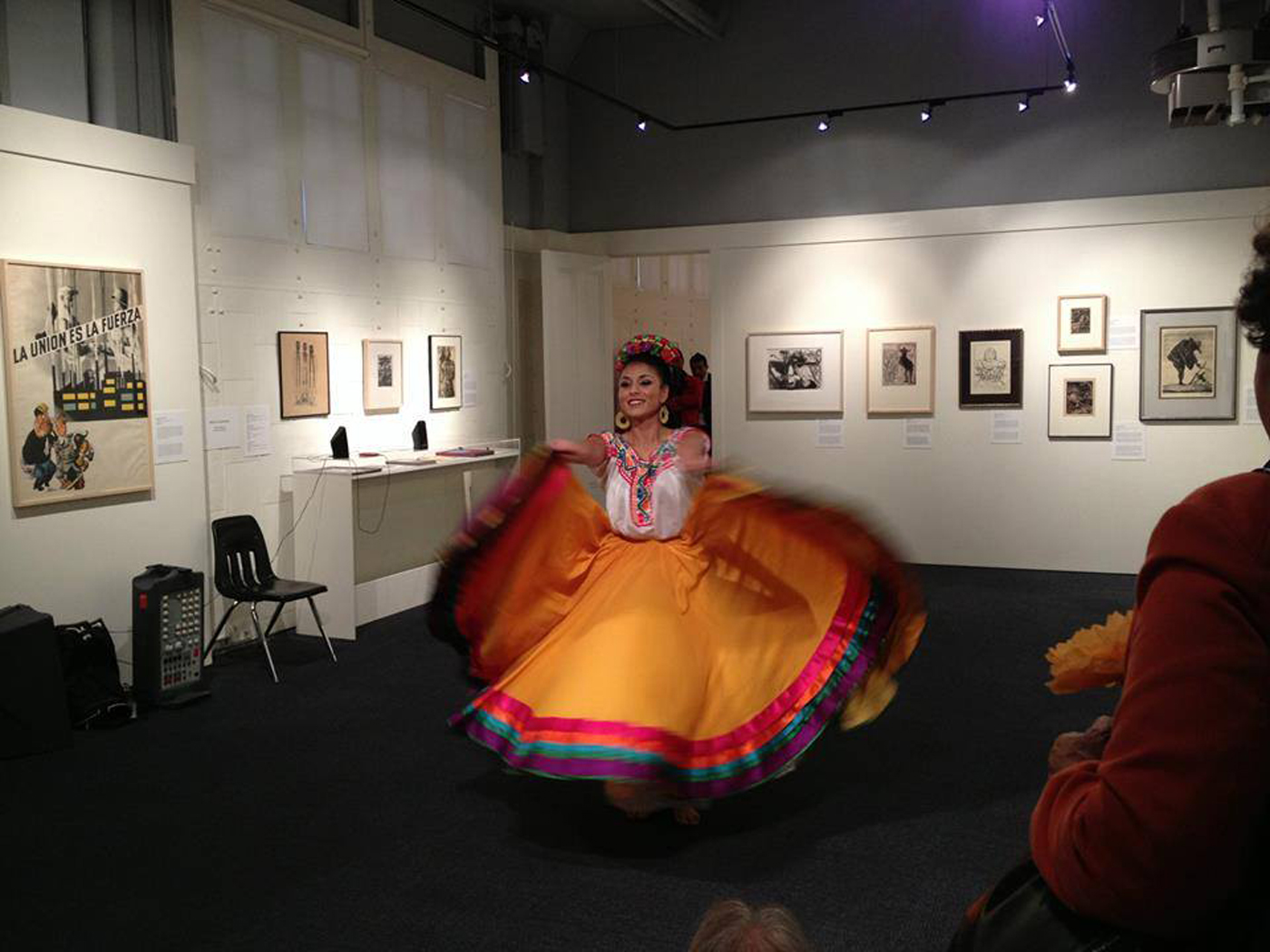
A performance at The Mexican Museum
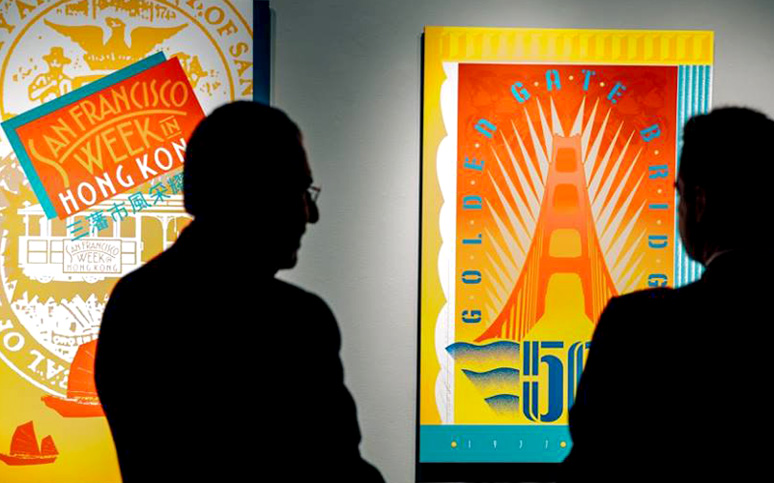
Museo Italo Americano
1978-1979
In 1978, the year following the
Magic Theatre’s move to the Fort Mason Center, saw the world premiere of resident playwright and actor Sam Shepard’s "
Buried Child," under the directorship of Robert Woodruff. The play would go on to win a Pulitzer Prize for Drama in 1979, and spawn over 400 productions around the world. Also in 1979,
Greens Restaurant opened, a place the
New York Times would later go on to say was “the restaurant that brought vegetarian food out from sprout-infested health food stores and established it as a cuisine in America.”
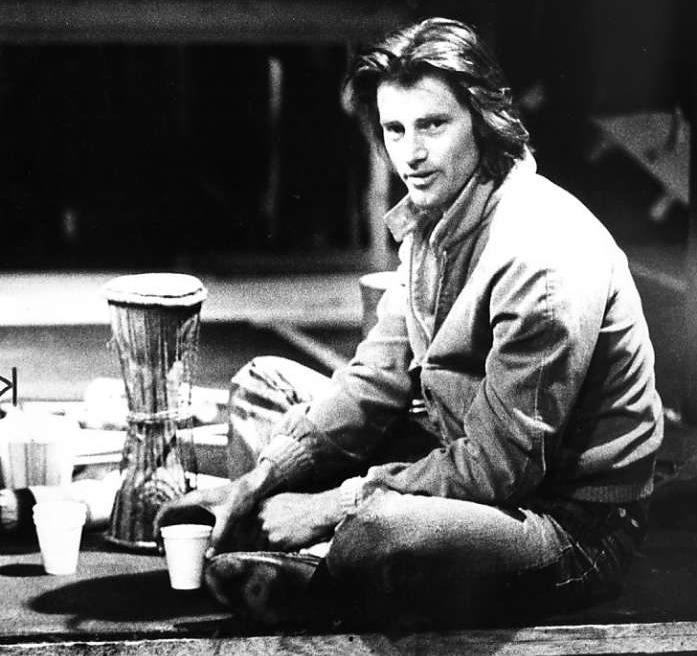
Sam Shepard at FMCAC; photo: Magic Theatre
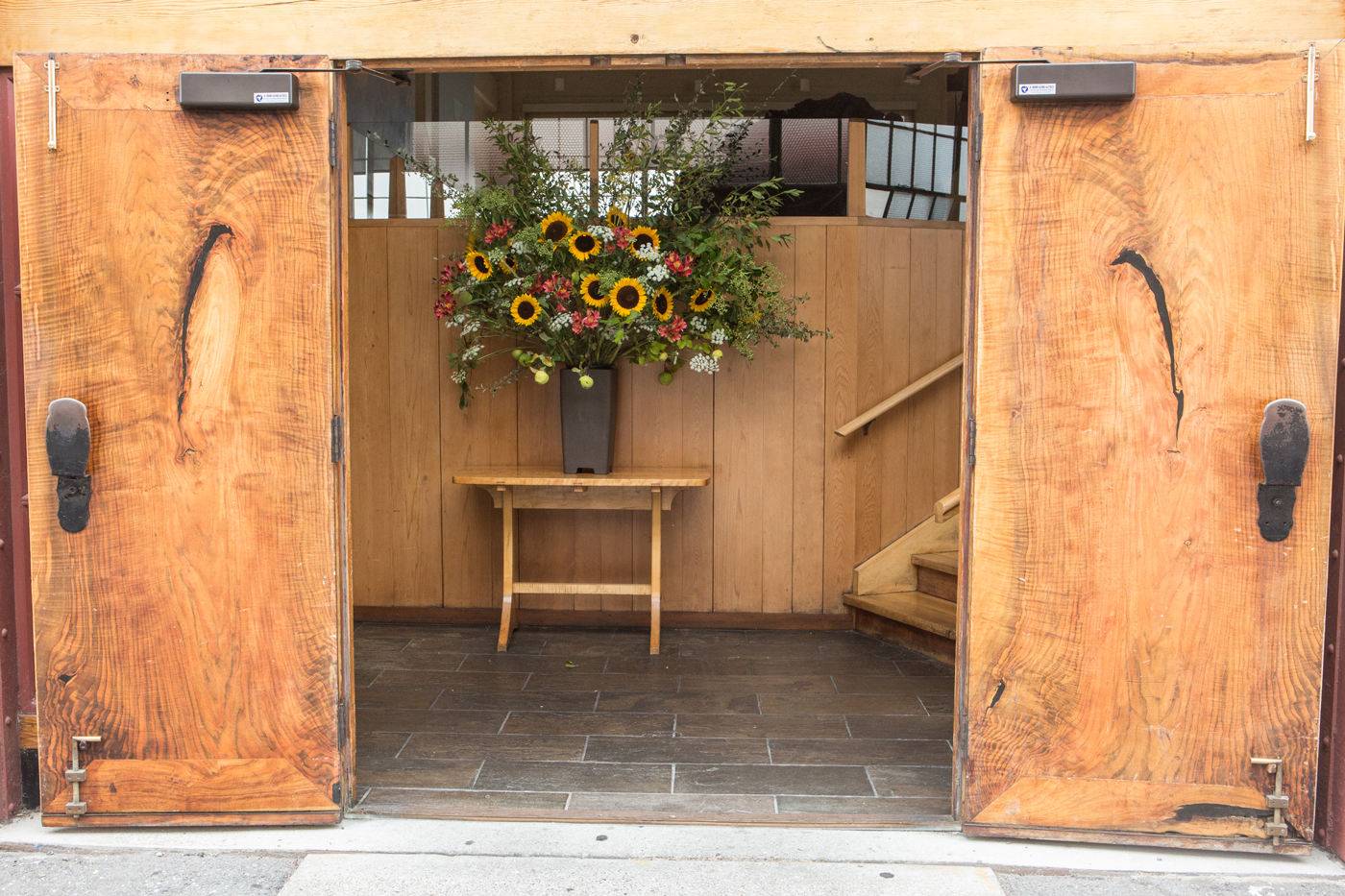
The entrance to Greens Restaurant

Chef Annie Somerville of Greens Restaurant
1976-1977
In the agreement of taking Fort Mason into the newly formed Golden Gate National Recreation Area (GGNRA), the space would have to, according to the National Park Service (
NPS), “pioneer in the imaginative use of urban national parklands and to reflect and preserve the diverse culture of the San Francisco Bay Area.” A group answered the call to do this, coming together as the Fort Mason Foundation (later named Fort Mason Center); they immediately started the task of refurbishing the dilapidated campus. And after many months of scrubbing, wiring, and an endless assortment of other repairs, Fort Mason Center was officially founded and opened to the public January 1, 1977. Soon after, Bay Area arts nonprofits began their move to the campus.
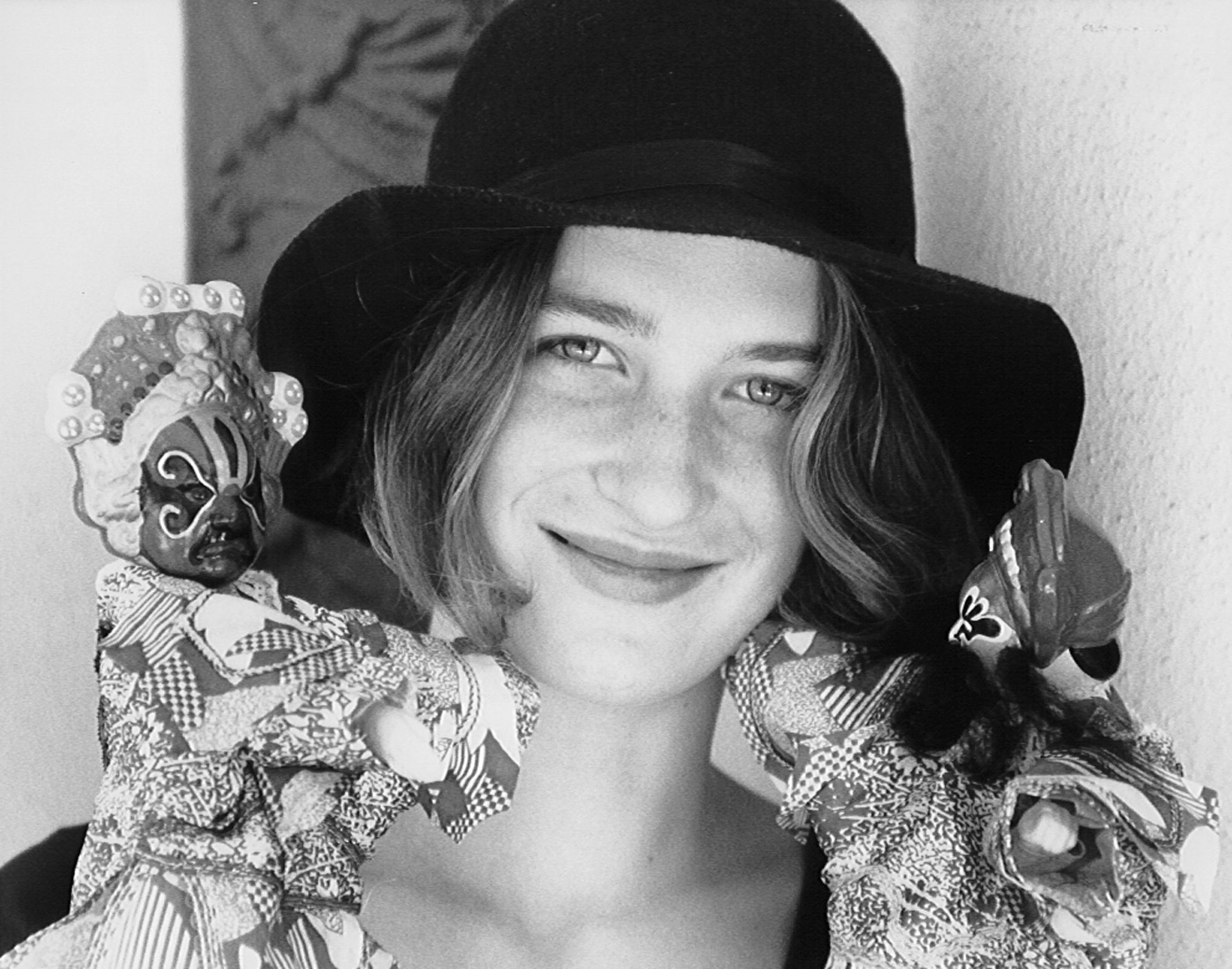
A member of Young Performers Theater, one of the early resident organizations that's still here today
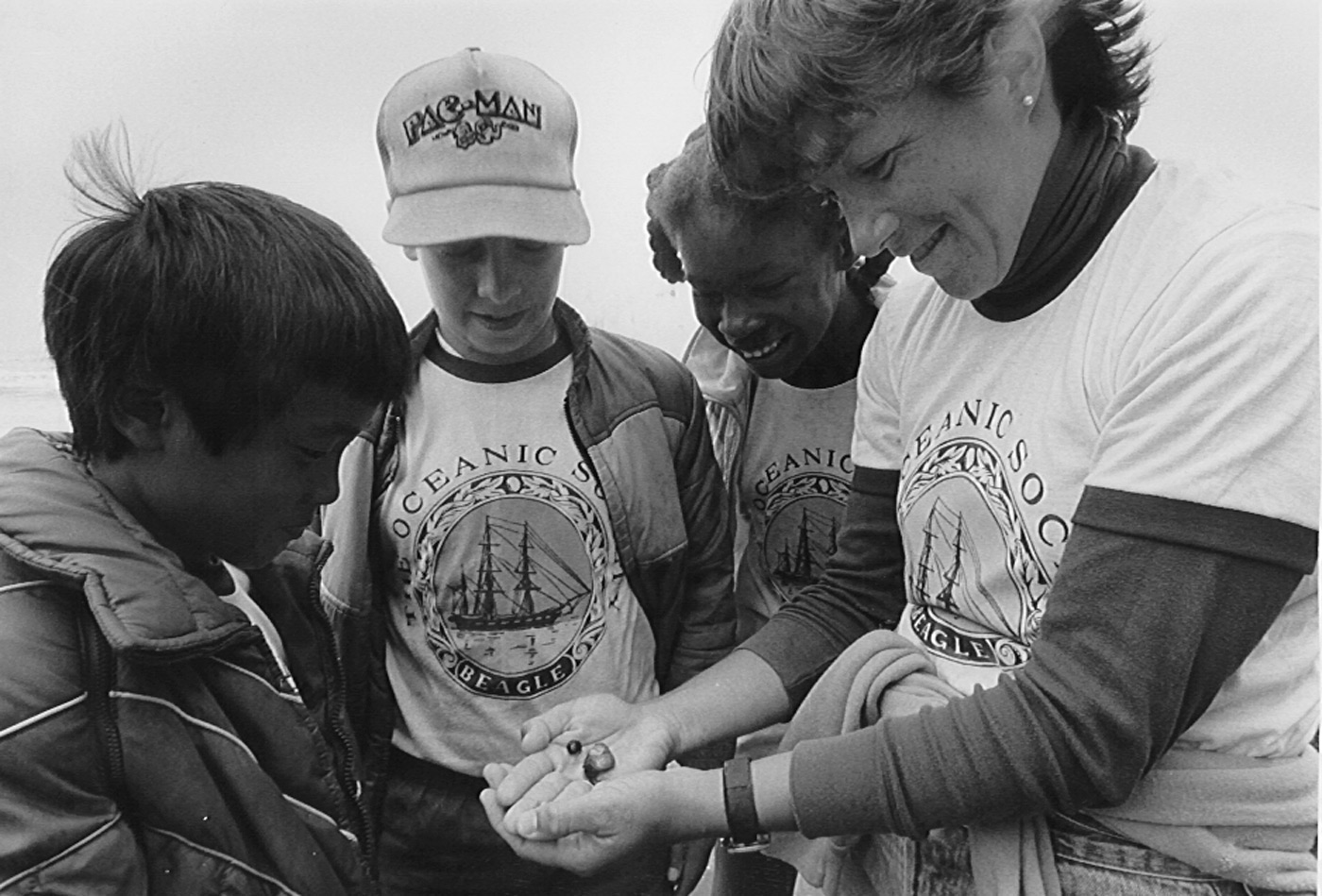
Oceanic Camp was one of the original resident organizations
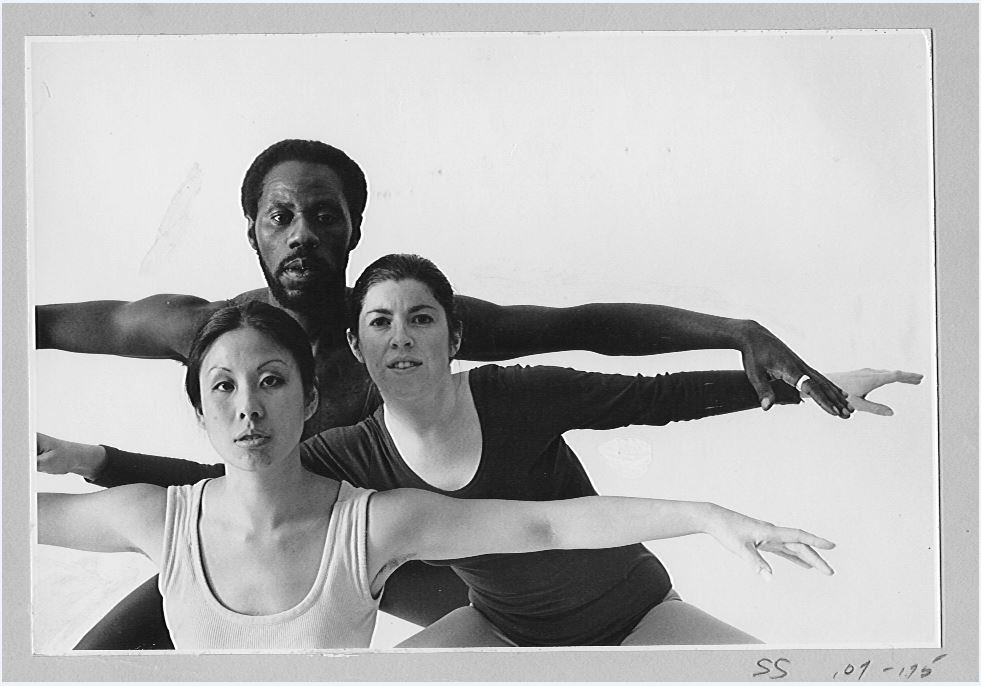
PAW (Performing Arts Workshop) another original resident organization
1971-1972
After a decade of sitting in disrepair, the tides were turning at Fort Mason and other abandoned parcels of government-owned land. After a group of American Indians took over the then-empty Alcatraz Island in 1969, public gaze fixated on land use in the Bay Area and beyond; the federal government paid close attention to proposed developments and plans for public use. In response to the Nixon administration’s recommendation to set aside 4,000 acres of federally held fort lands, Representative Philip Burton (D-San Francisco) proposed a “base bill” (HR 9498) in the summer of 1971, which led to the
creation the Golden Gate National Recreation Area (GGNRA) in 1972. And included in the initial parcel of land that was established as the GGNRA was an abandoned military fort: Fort Mason.
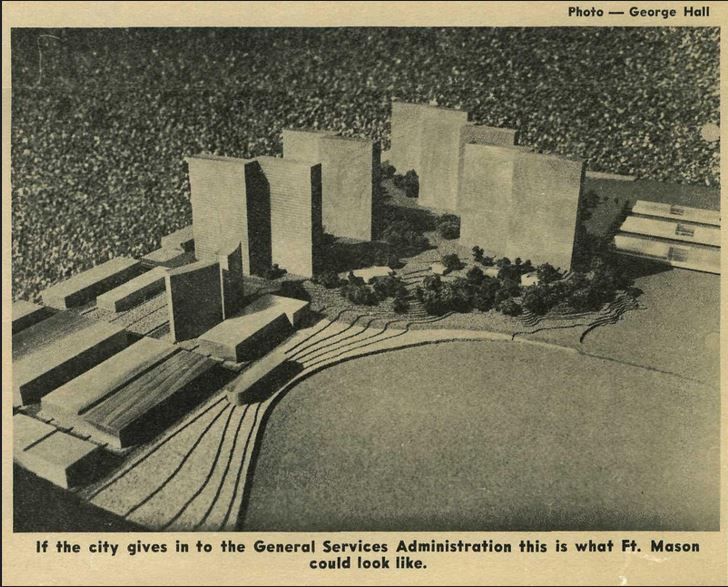
Proposed development for Fort Mason; image from SPUR Newsletter, June 1970
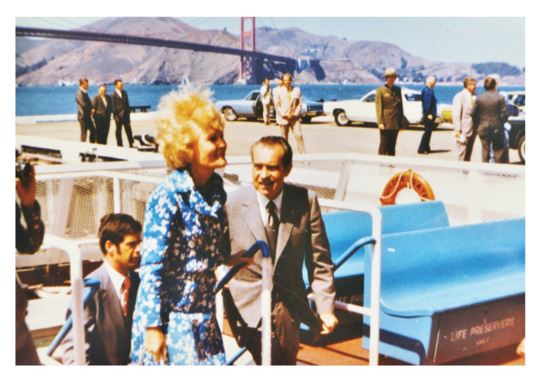
Nixon visiting the new GGNRA in 1972; photo from NPS
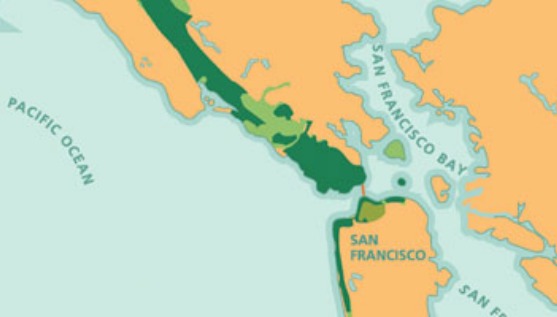
Map of GGNRA; photo from NPS
1950-1962
After the Korean War (1950-1953), military use of Fort Mason dropped off exponentially as nearby military ports took over solider embarkation and supply exportation. And in 1962, after 165 years since Fort Mason became a fort, the U.S. Army left.
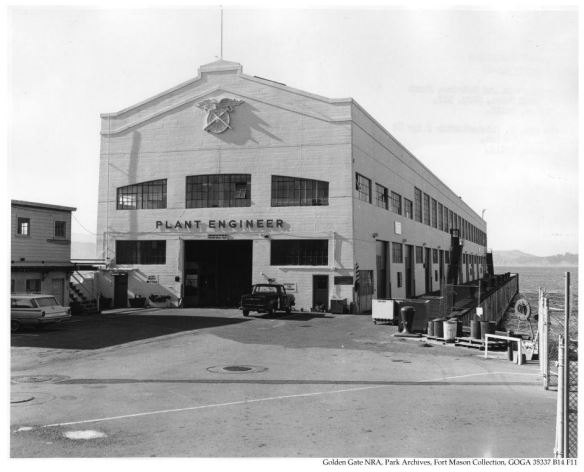
Image of Pier 1 in the mid-1950s; photo courtesy of NPS

Fort Mason in 1960
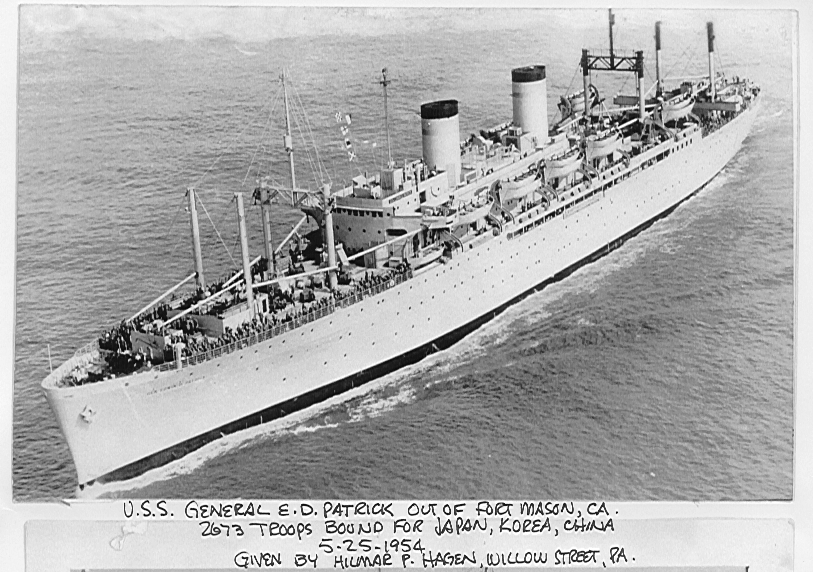
Shipping out from Fort Mason in 1954
1943-1945
During WWII Fort Mason was a buzz of activity -- over 2.5 million troops left from the three piers -- serving as the last place these soldiers touched American soil before entering the battle zone in the Pacific. It’s also the first place they touched American soil upon their return. Sadly, for the fallen soldiers, it was also the place of their return – every body recovered went through Fort Mason before returning to the soldier’s family for burial.

Just a few of the 2.5 million troops that left from Fort Mason
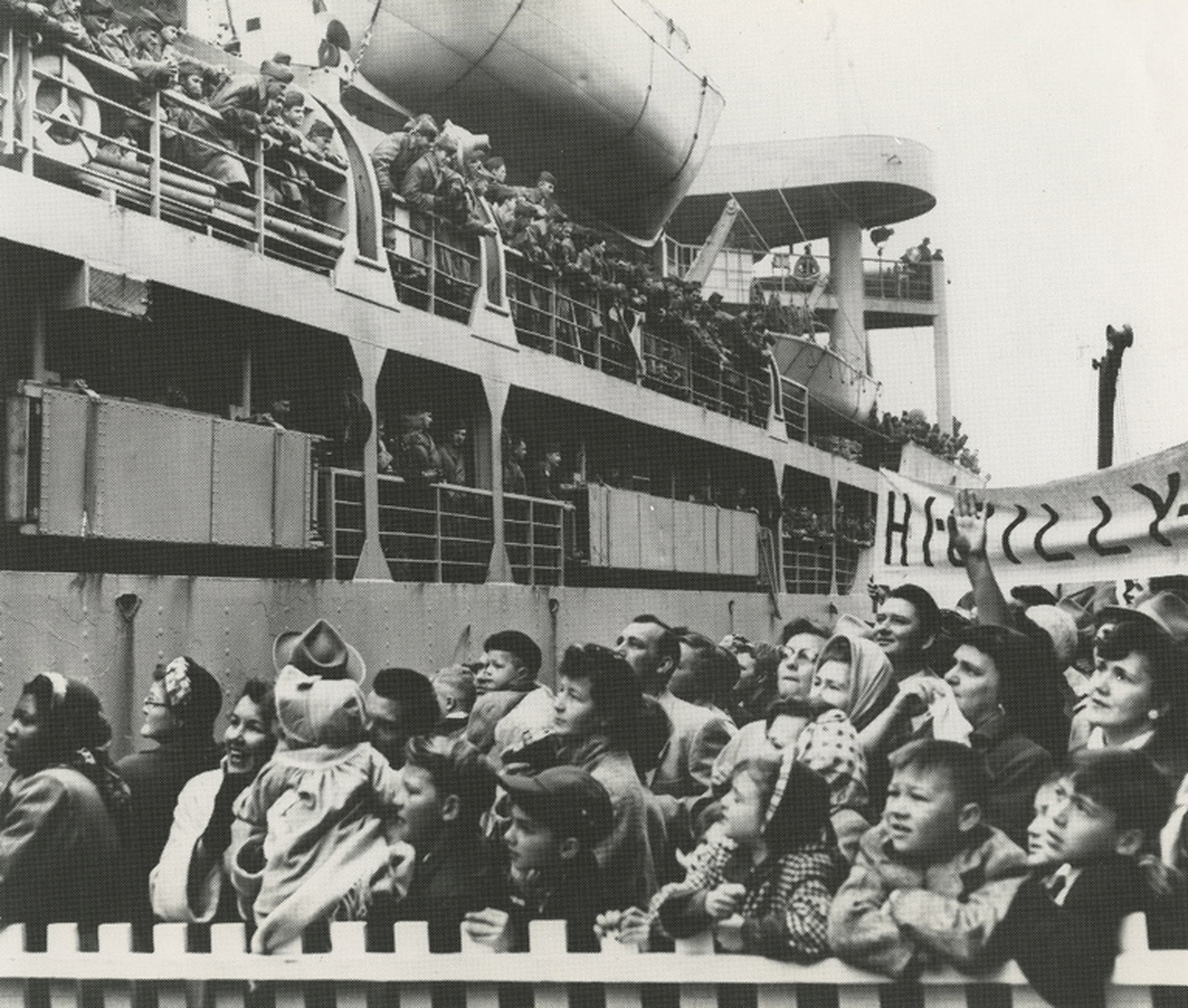
Soldiers return from war

A soldier reunites with his family
1941-1942
As WWII began, Fort Mason’s intricate role in the U.S. Army only intensified. After the bombing of Pearl Harbor, the quick rebuild of Hawaiian U.S. military outposts were due in large part to Fort Mason’s proximity –- all the materials for the Hawaiian rebuild left from the three piers. And as more U.S. citizens enlisted, the number of active military personnel working at Fort Mason grew. Among them was
Ronald Reagan, who, due to poor eyesight could not work overseas, and therefore served as liaison officer of the Port and Transportation Office in April of 1942 before a transfer to another fort.
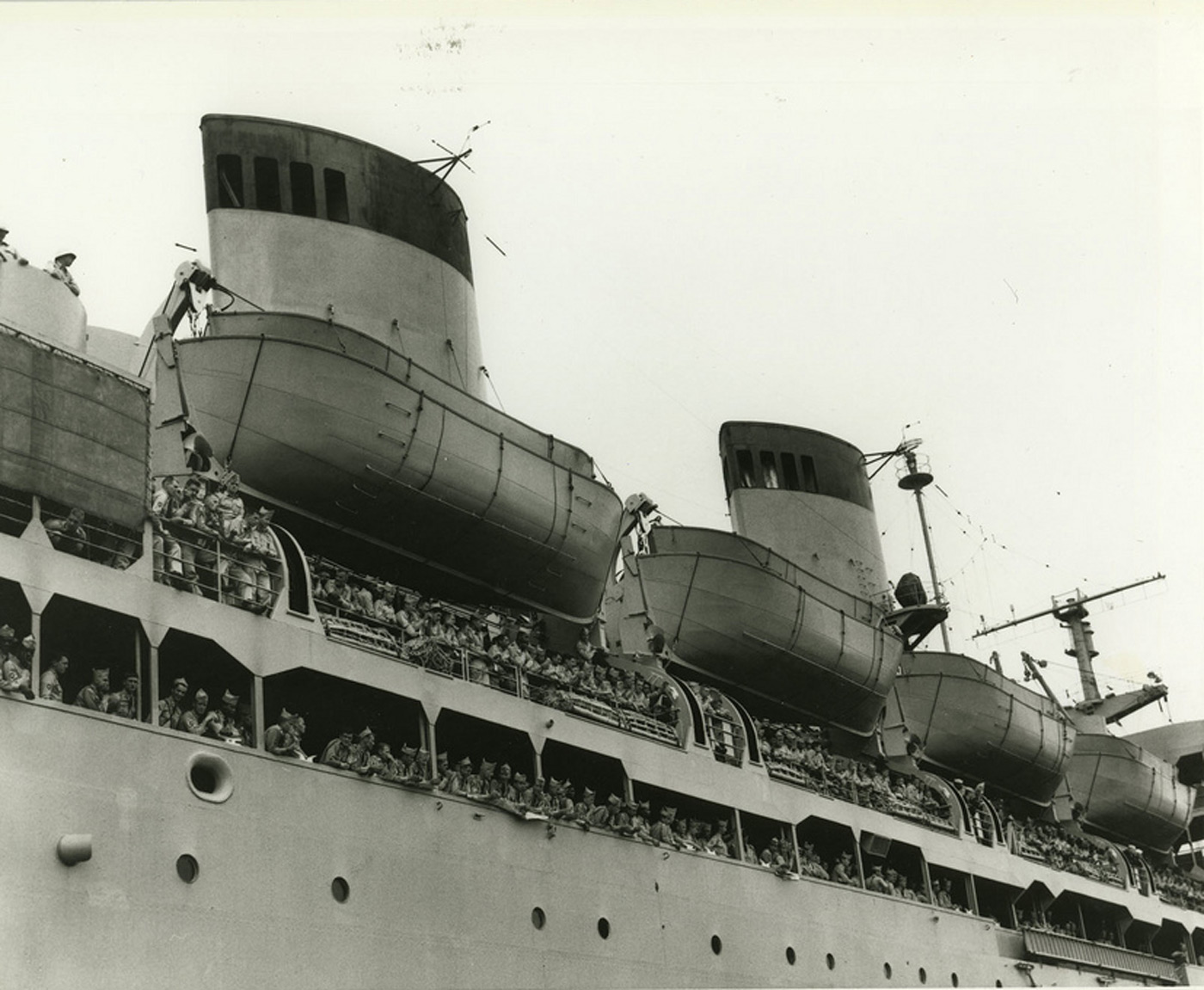
Men embarking for war in the Pacific
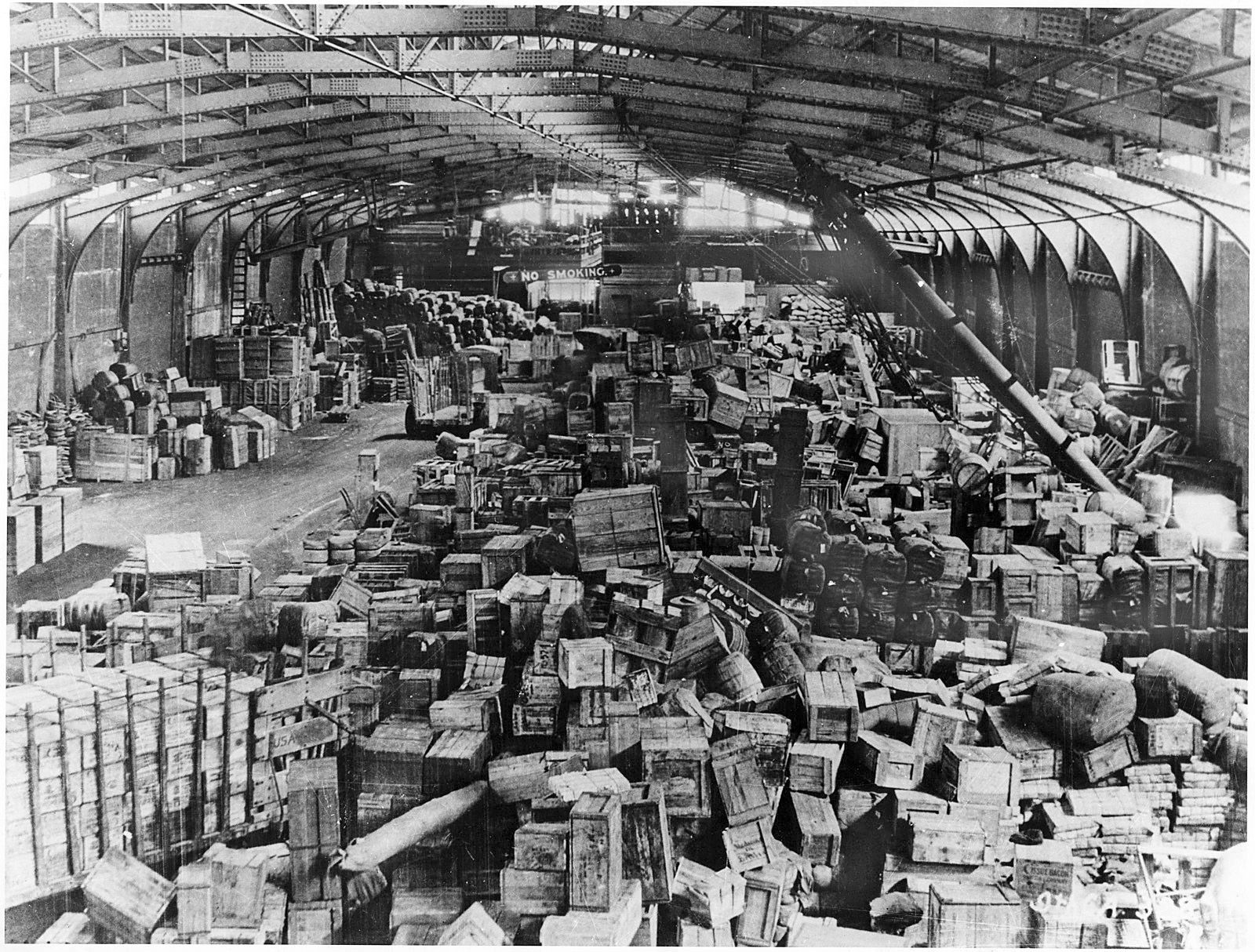
Pier 2 full of supplies
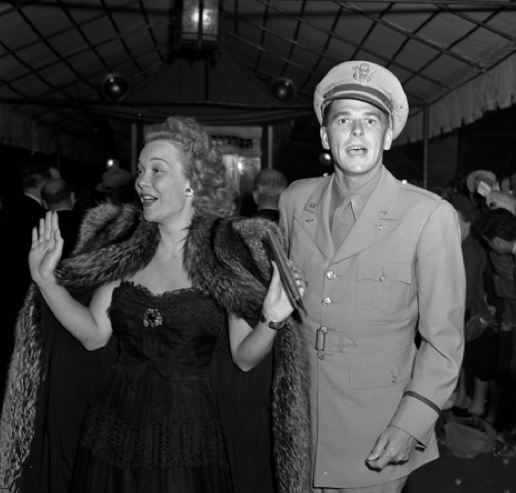
Ronald Reagan during his military years
1910-1918
As the 20th century commenced, Fort Mason entered its most active military phase yet: troops and supplies heading to locations throughout the Pacific began to leave from the shoreline. And as traffic increased, the U.S. military undertook a massive project, building three, large piers at the end of the fort. And by the time WWI broke out across the globe, Fort Mason’s role as an embarkation point for war was cemented into the larger context of history.
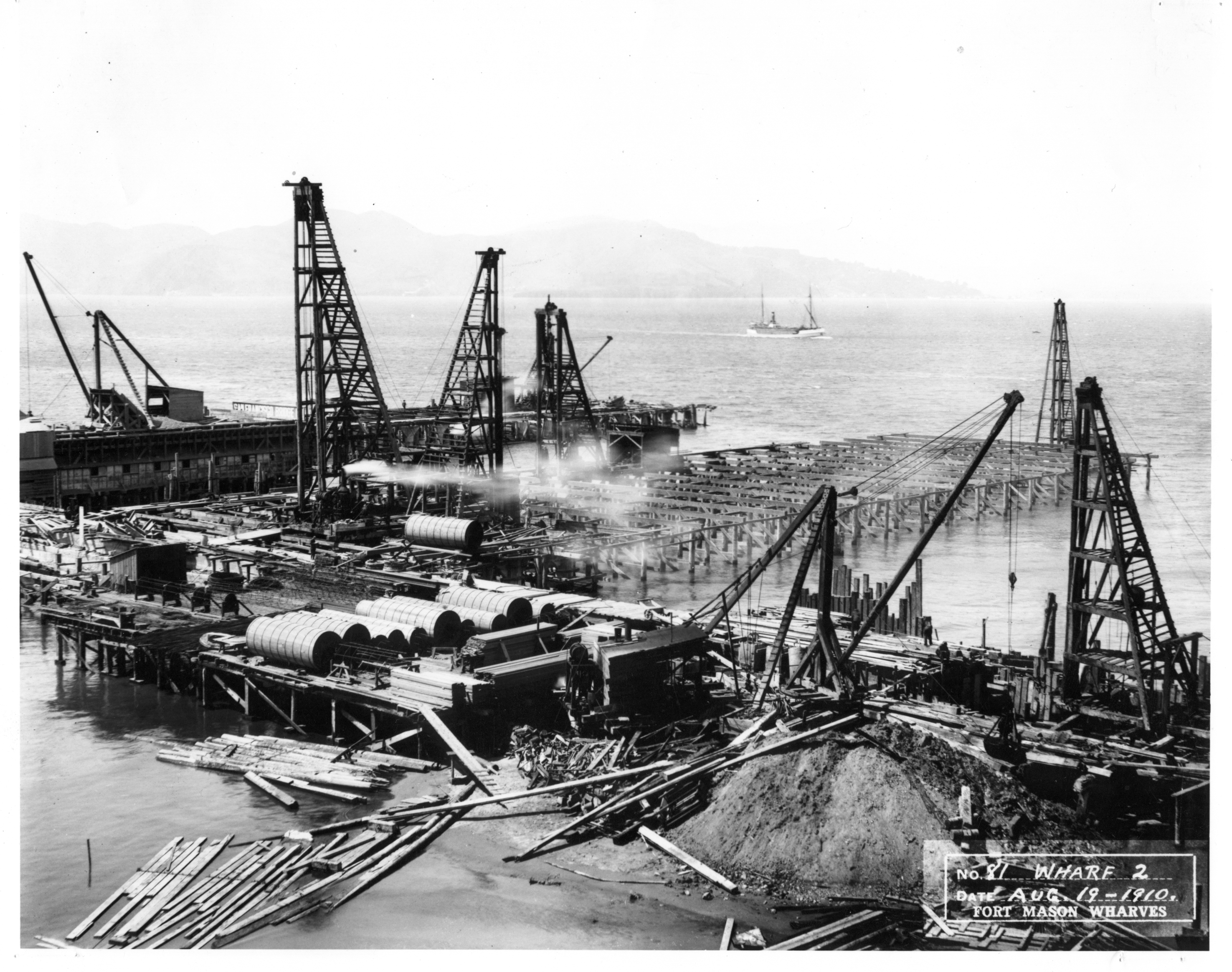
The building of Pier 2 in 1912
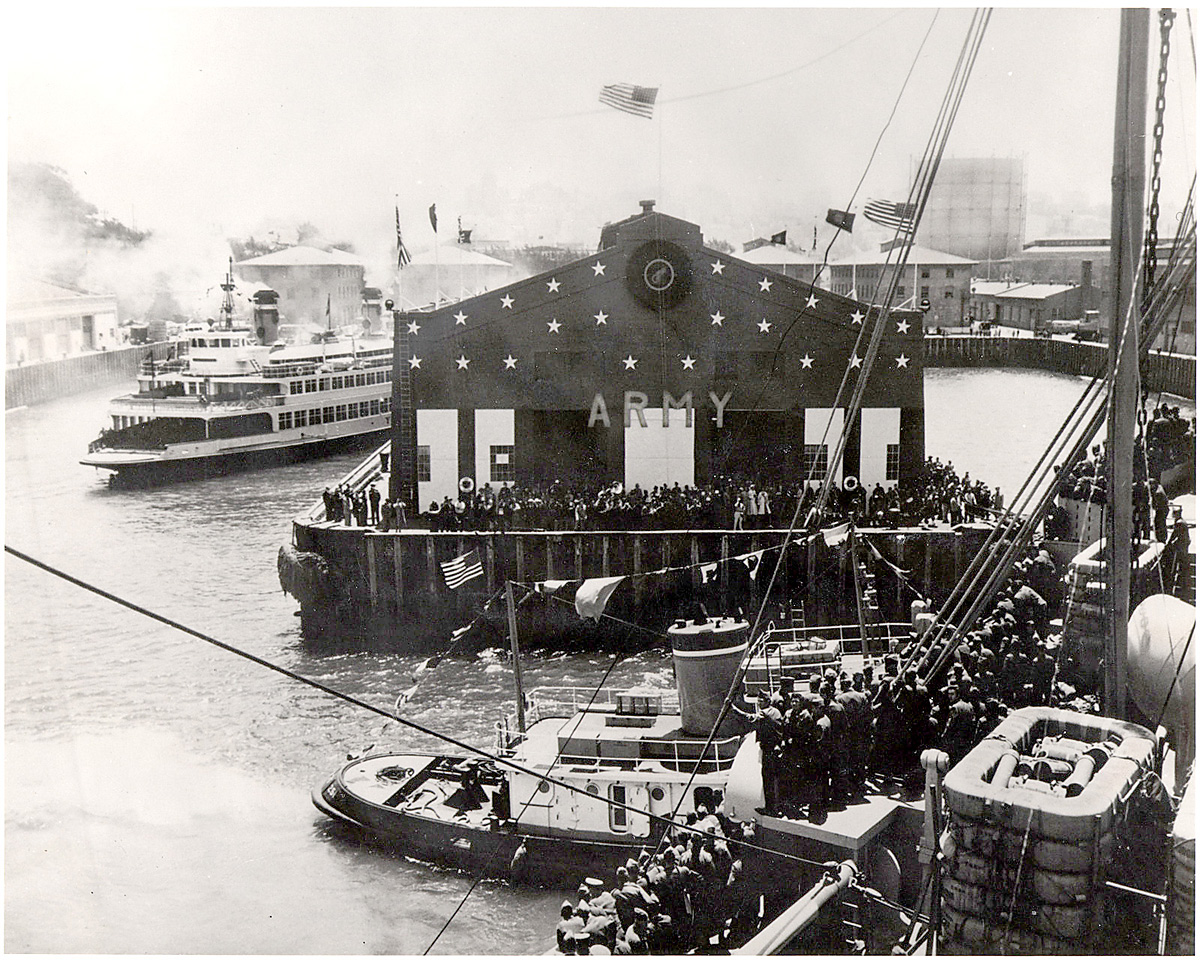
Pier 2 upon completion
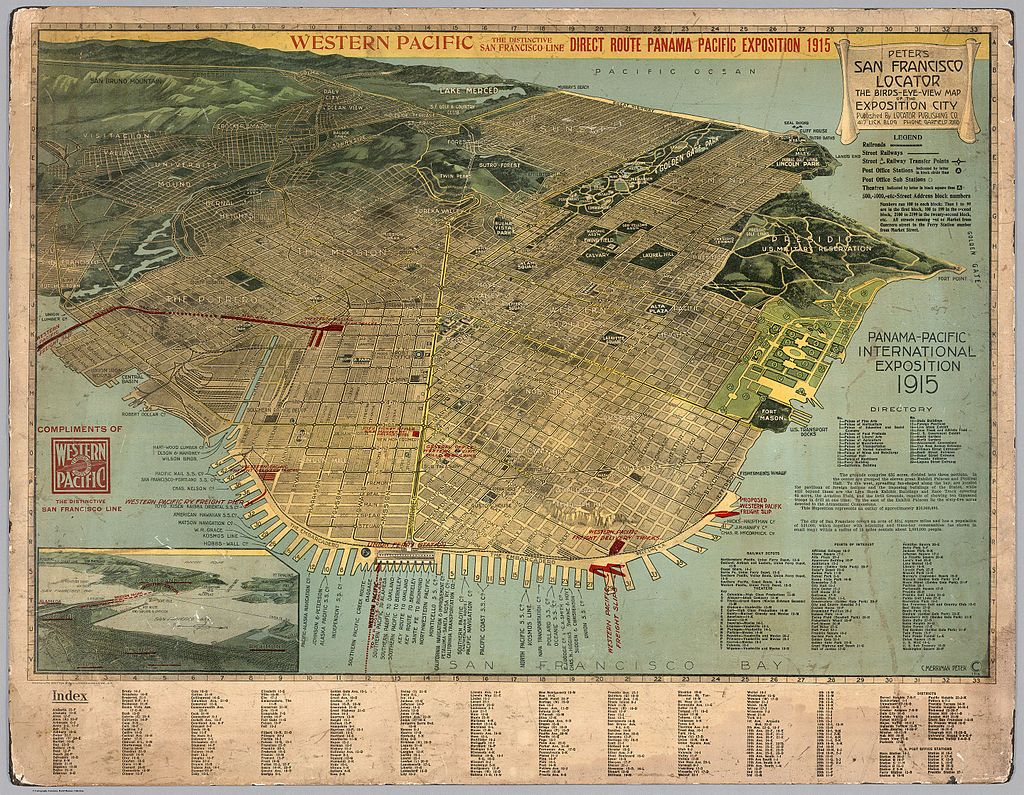
Map of San Francisco from 1915; a completed Fort Mason is to the right
1797-1850
The Mexican Army saw the same advantages the Ohlone did of the coastline west of Black Point, and in 1797 set up the first fort on the site. But as U.S. expansion moved westward, and the Gold Rush enveloped California, the U.S. military took ownership of the land, making it an official U.S. Army outpost -- Fort Mason -- in 1850: the year California entered the Union.
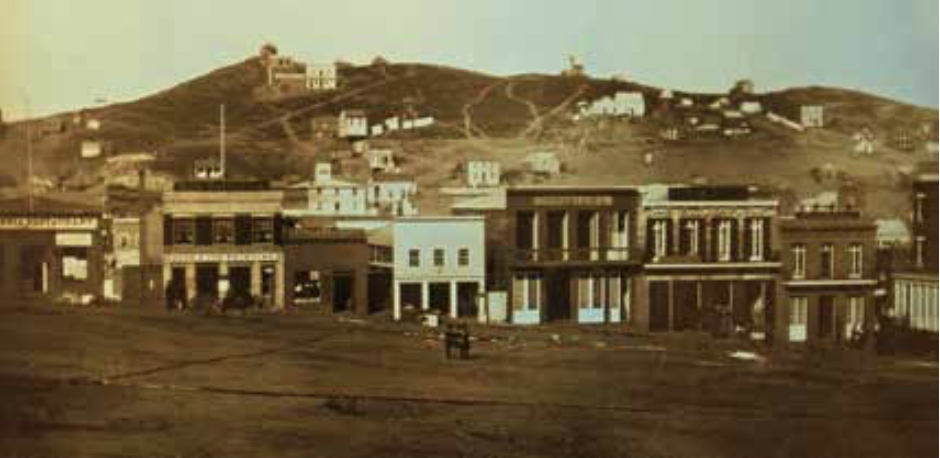
San Francisco in 1851
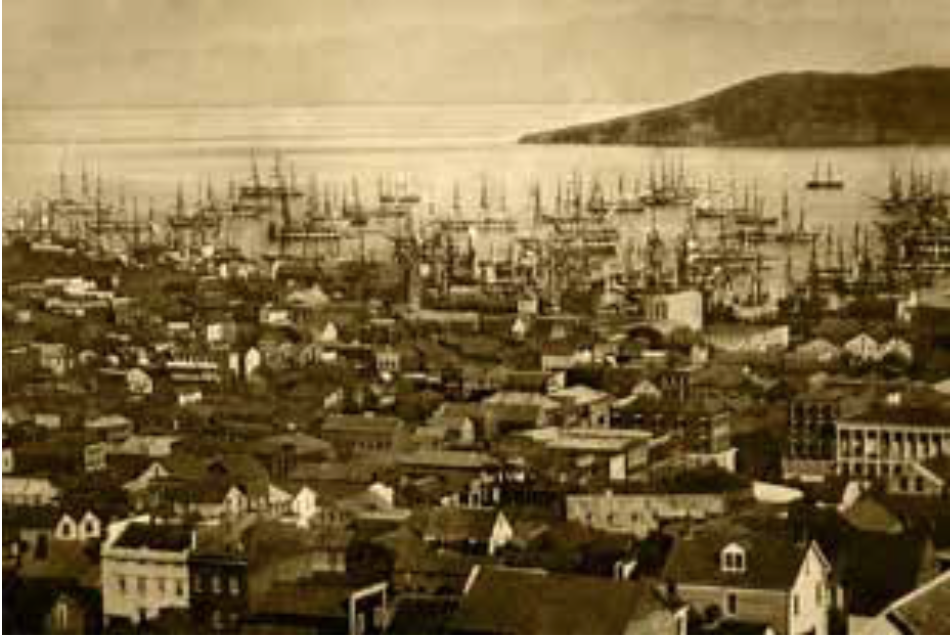
San Francisco Bay in 1850
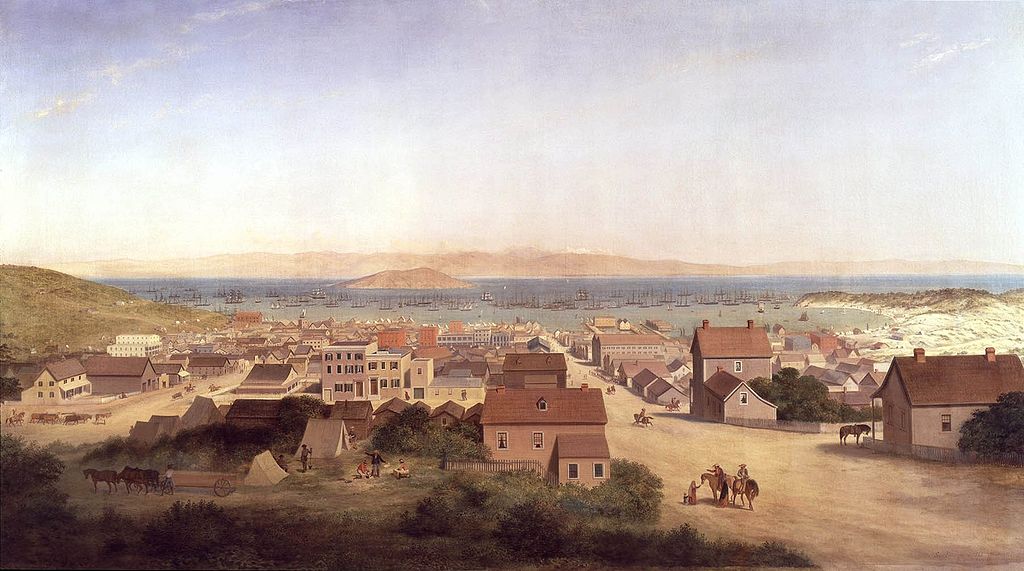
"View of San Francisco in 1850" by George Henry Burgess
Pre 1797
The
Ohlone were the original dwellers of what’s now Fort Mason Center for Arts & Culture. Black Point, which is directly adjacent to the campus, was a natural peninsula into the bay, and they likely pushed their boats into the water from where piers 1-3 now reside.
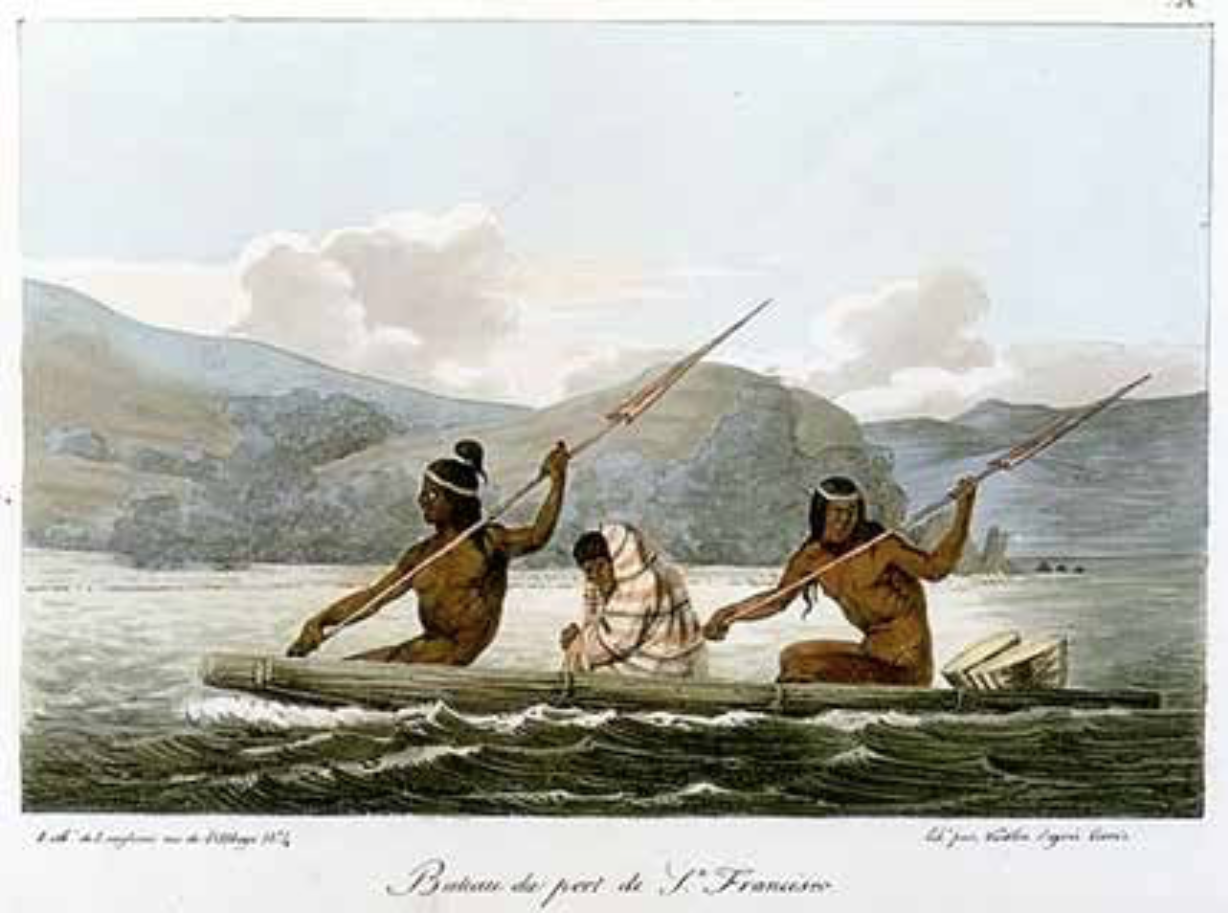
The Ohlone on the San Francisco Bay
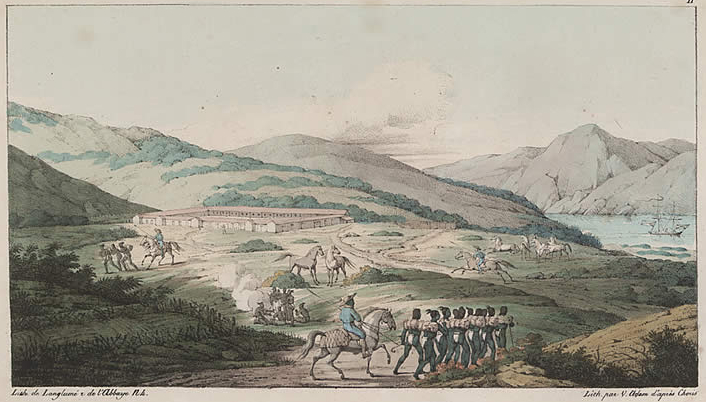
Painting depicting the view of San Francisco; painting by Louis Choris
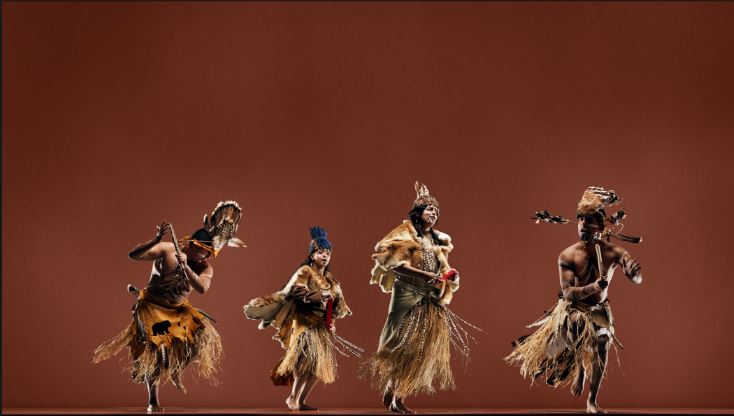
Humaya Singers and Dancers of the Rumsen Ohlone Tribe; part of World Arts West

























































